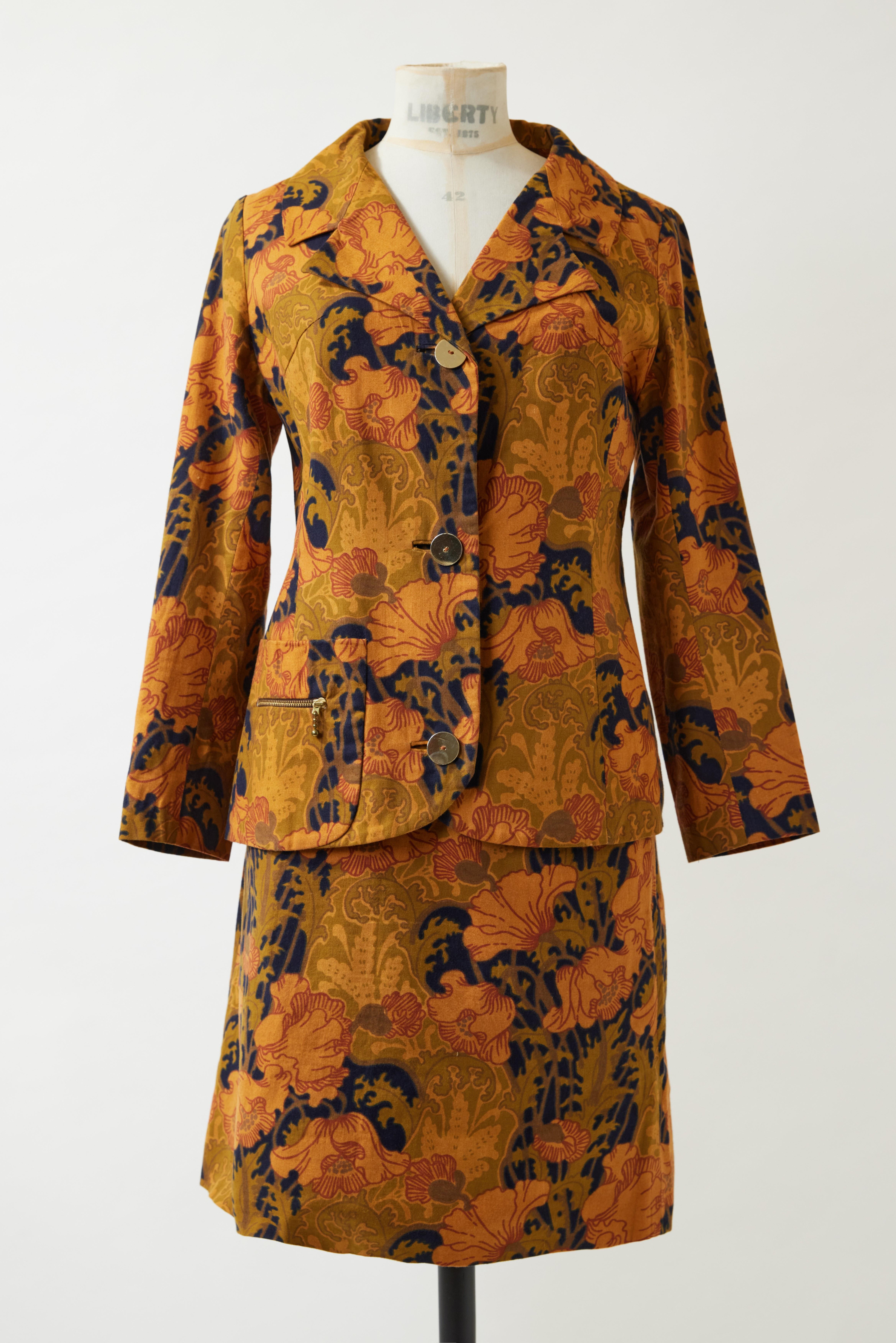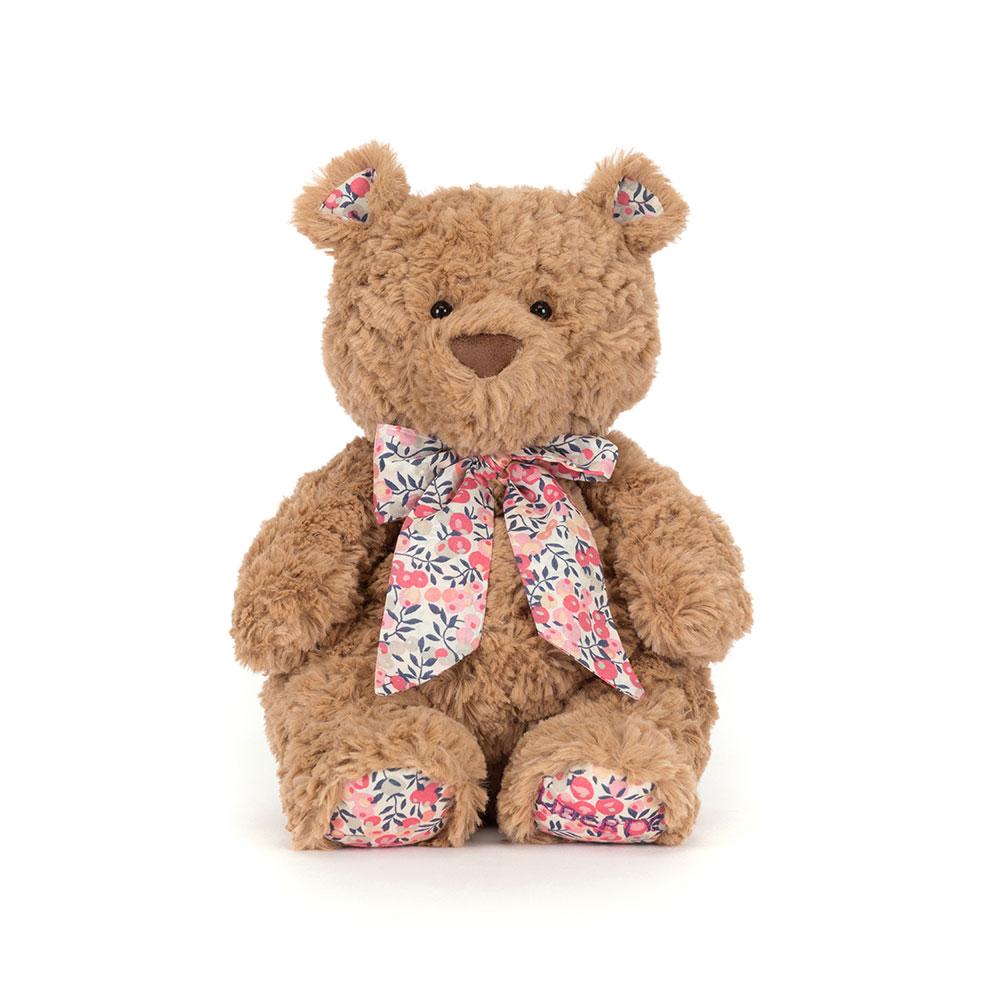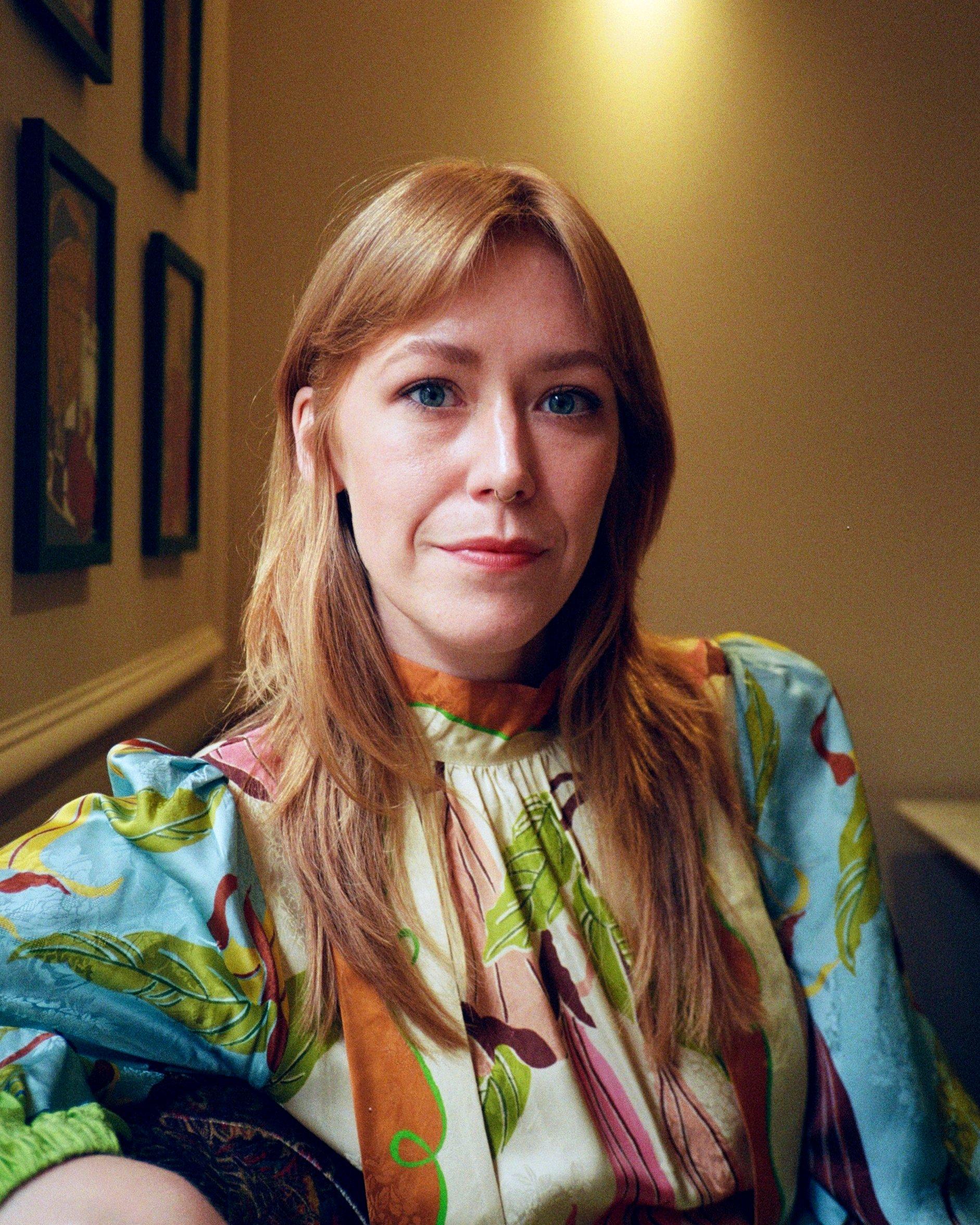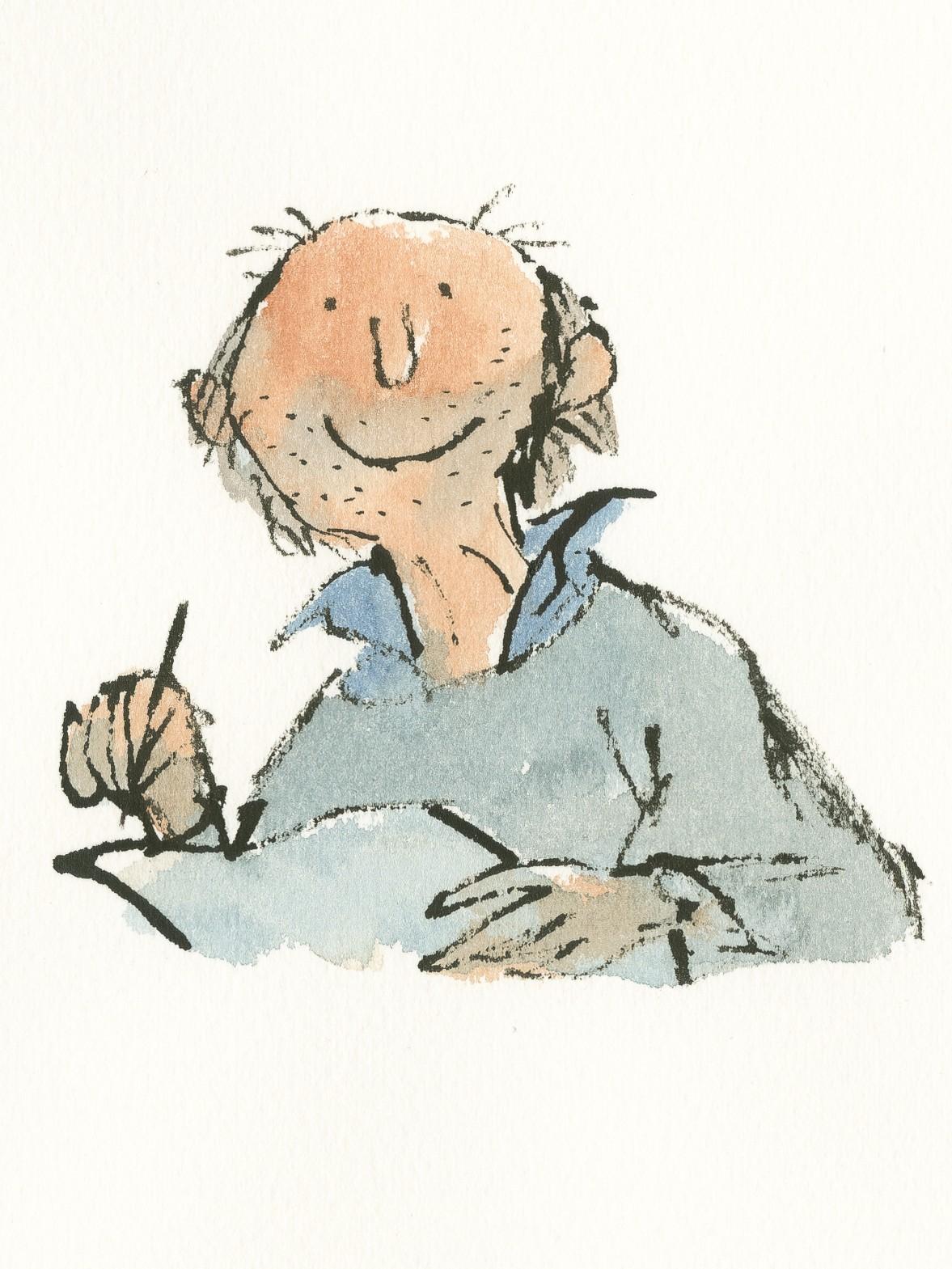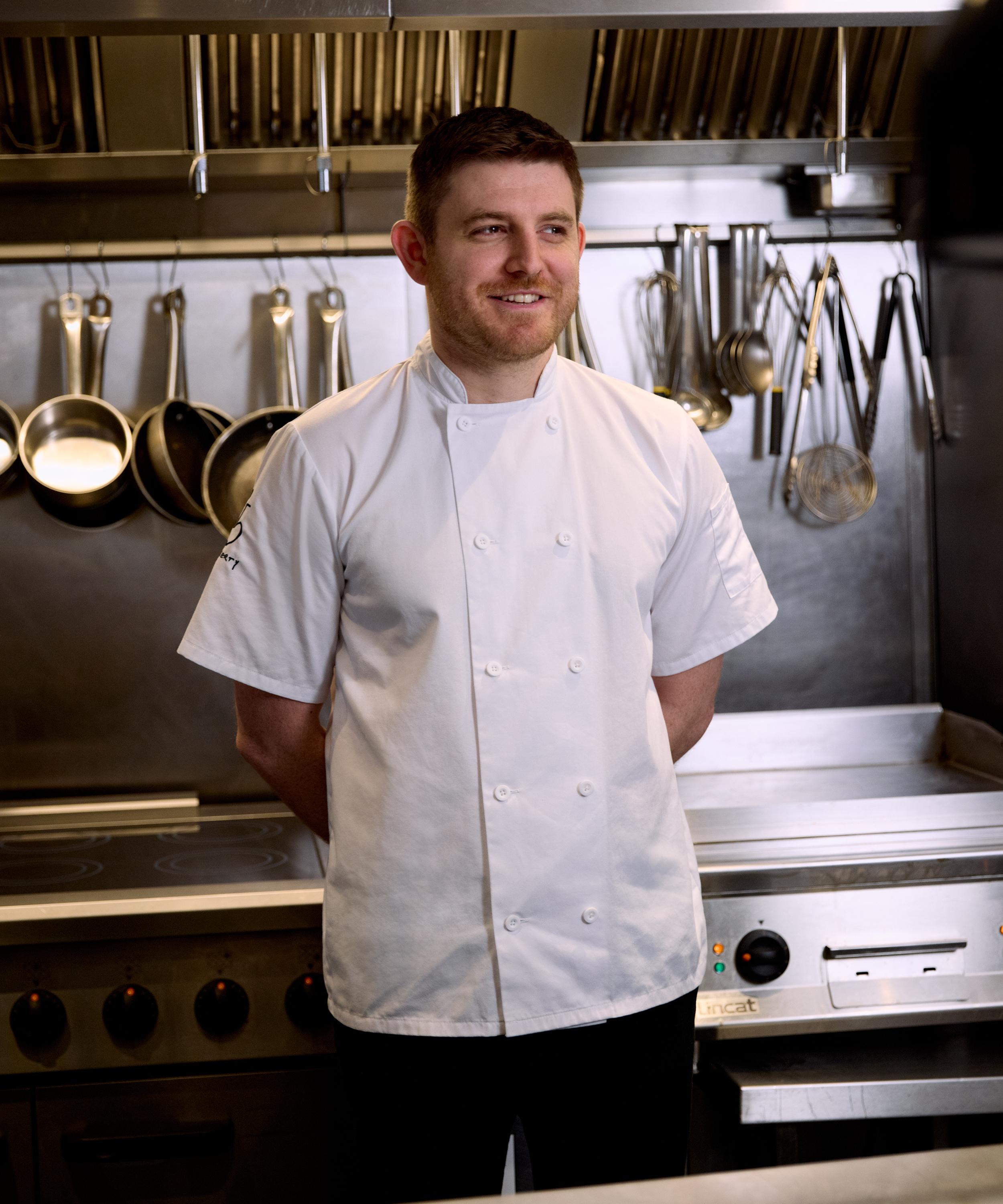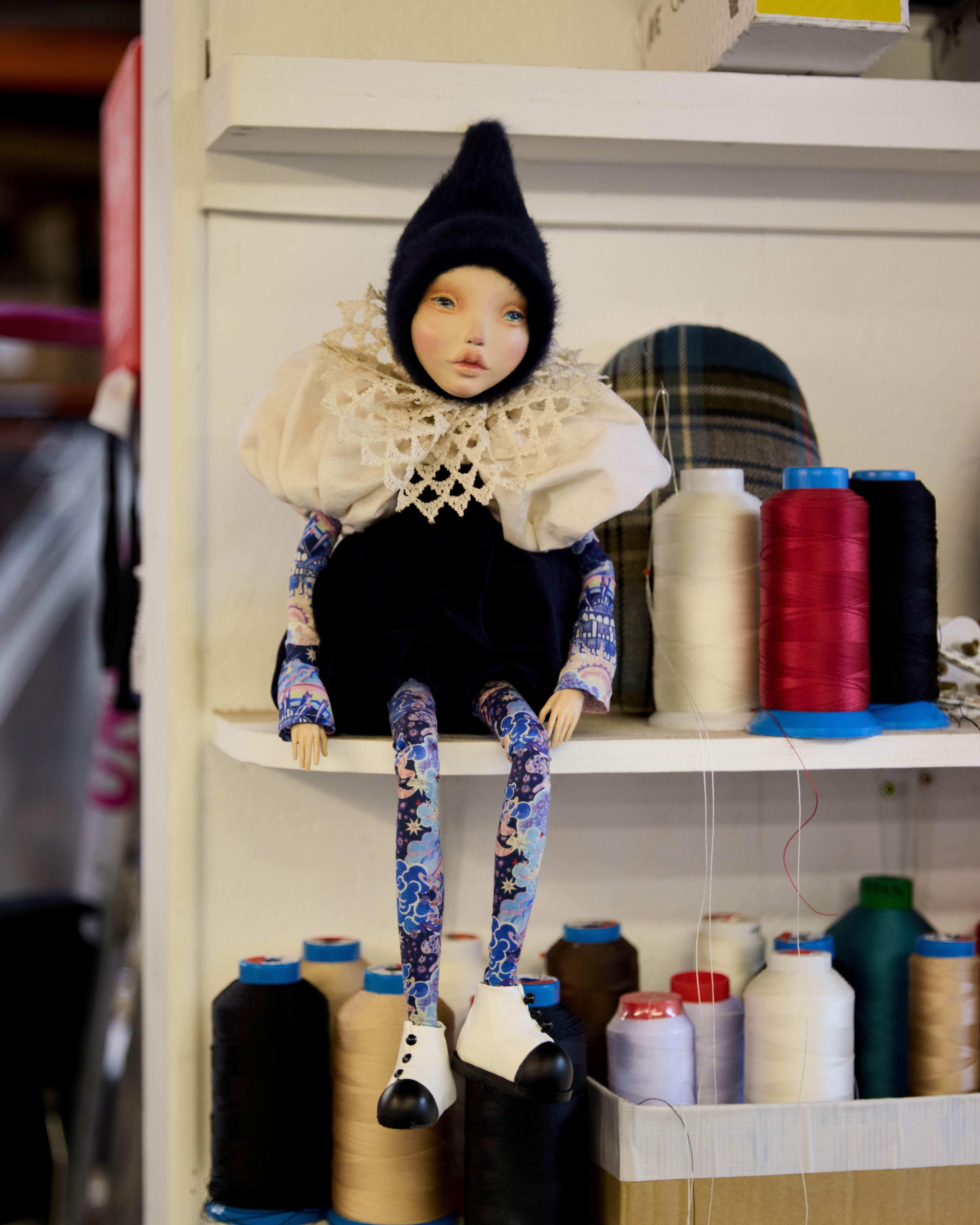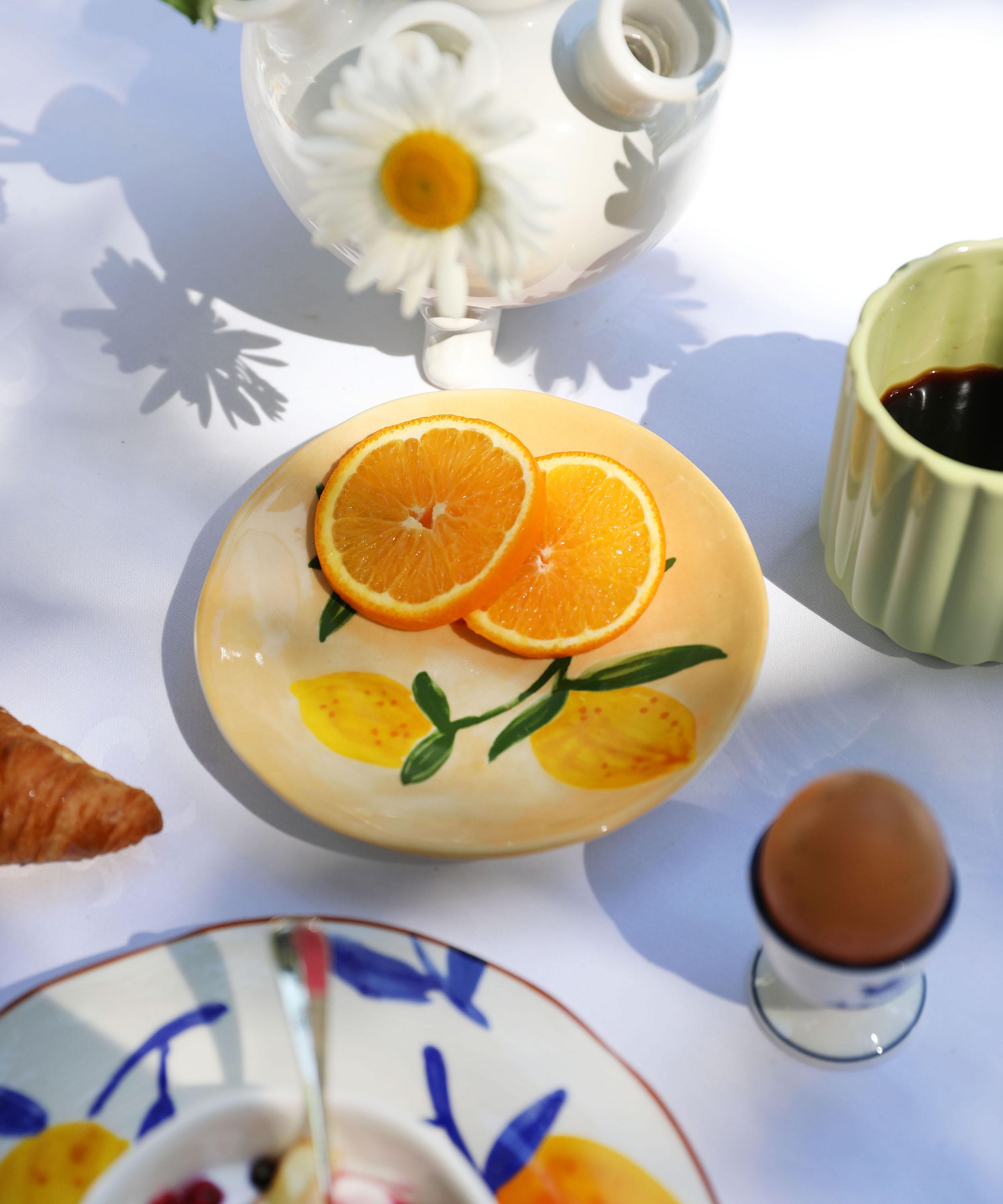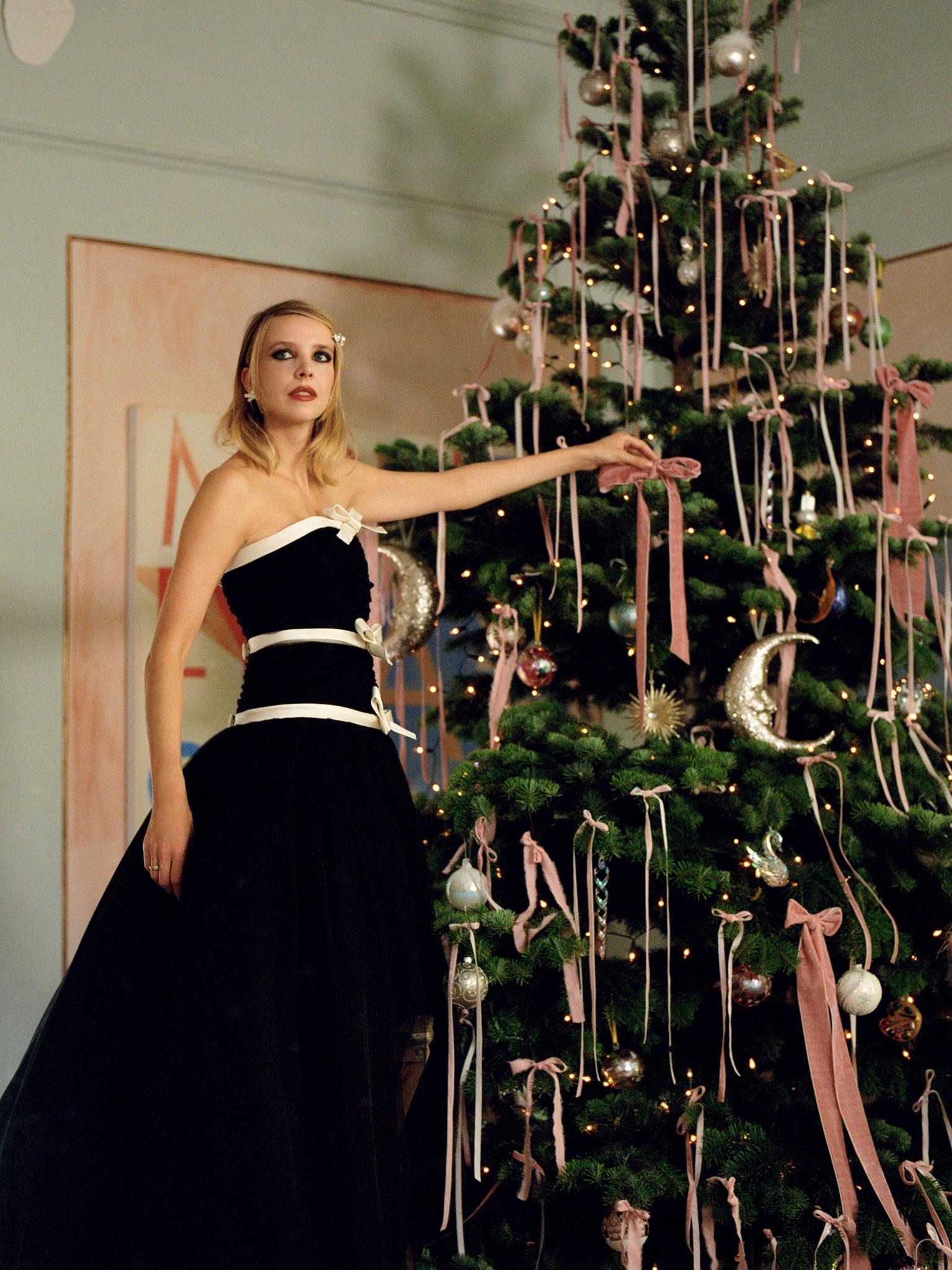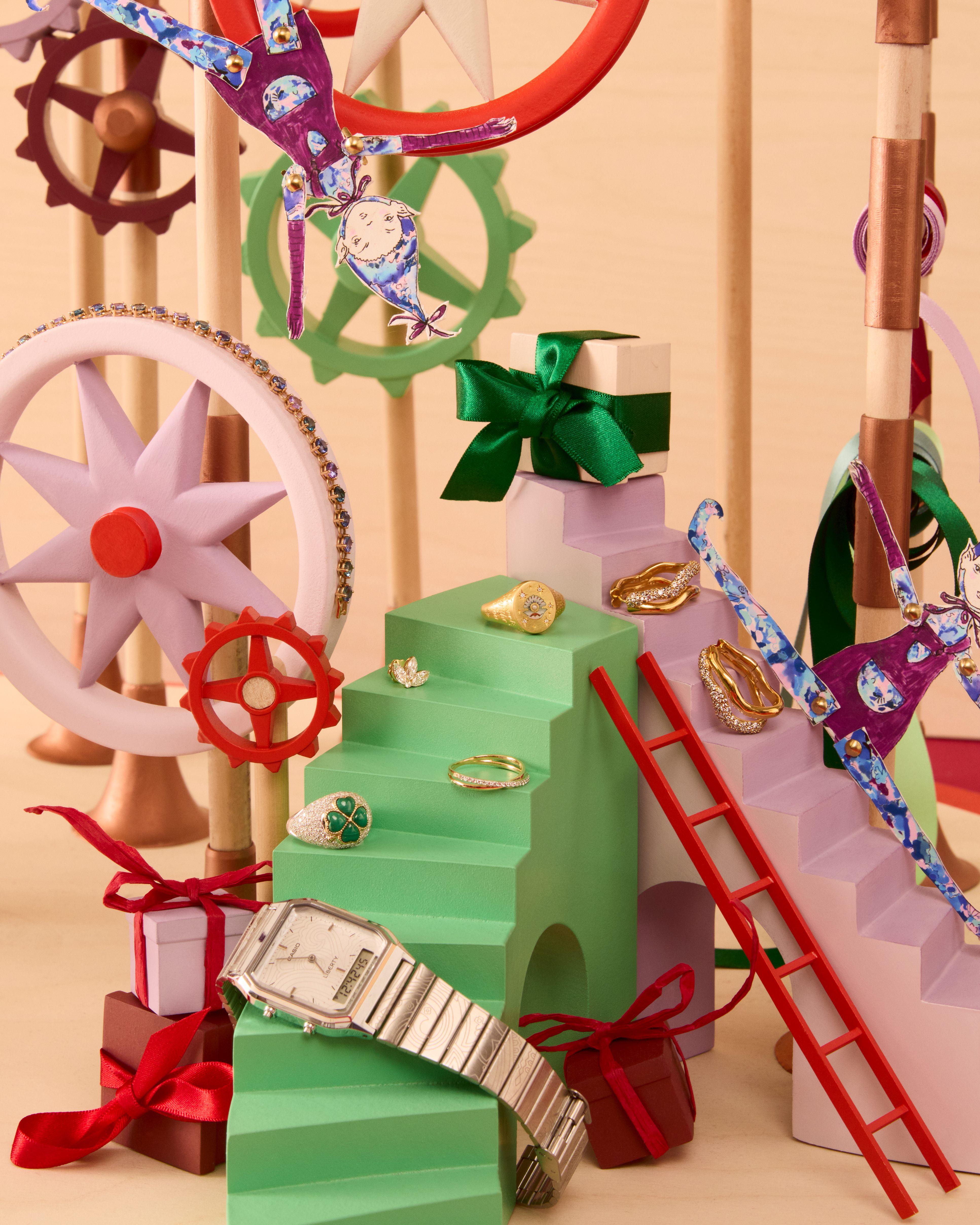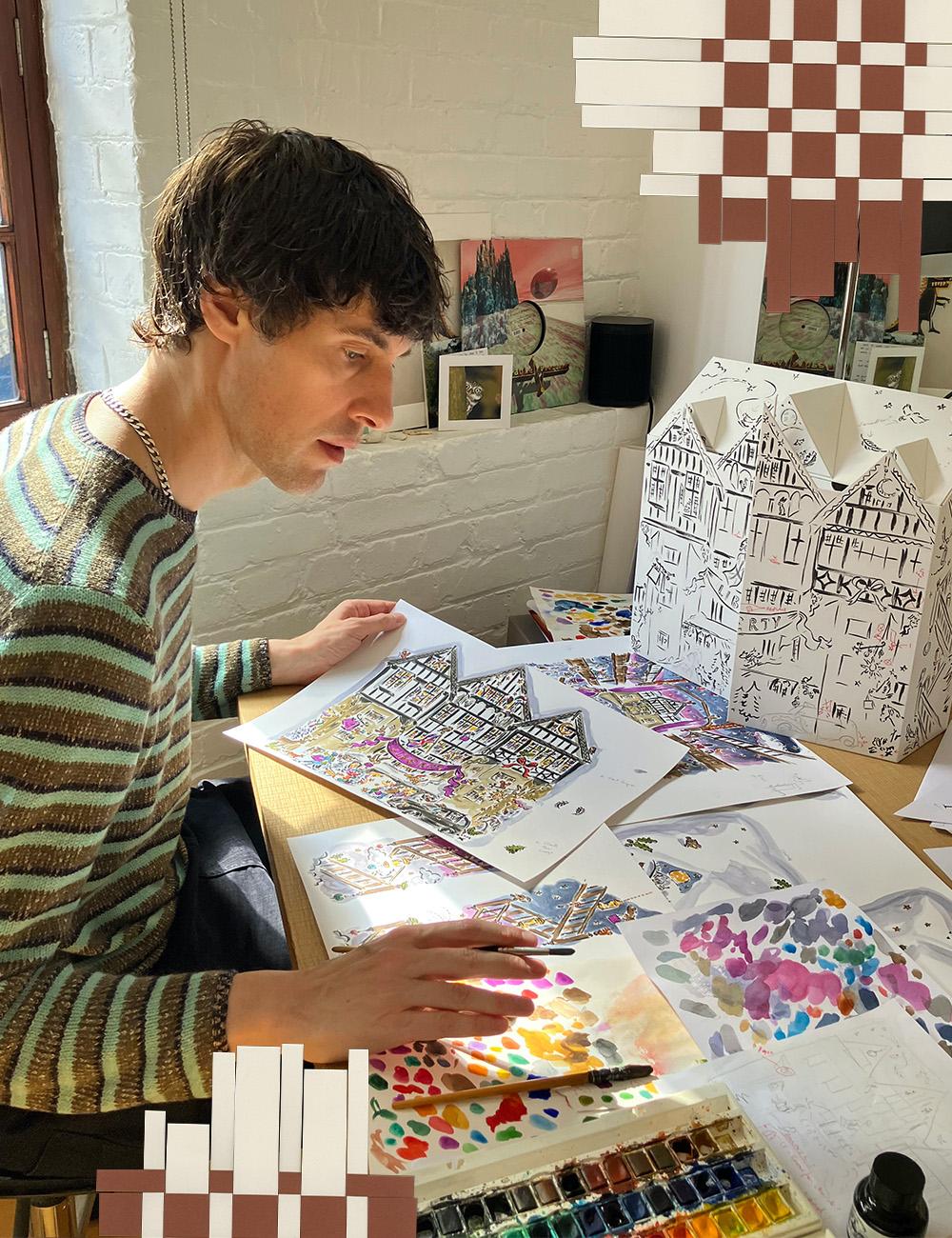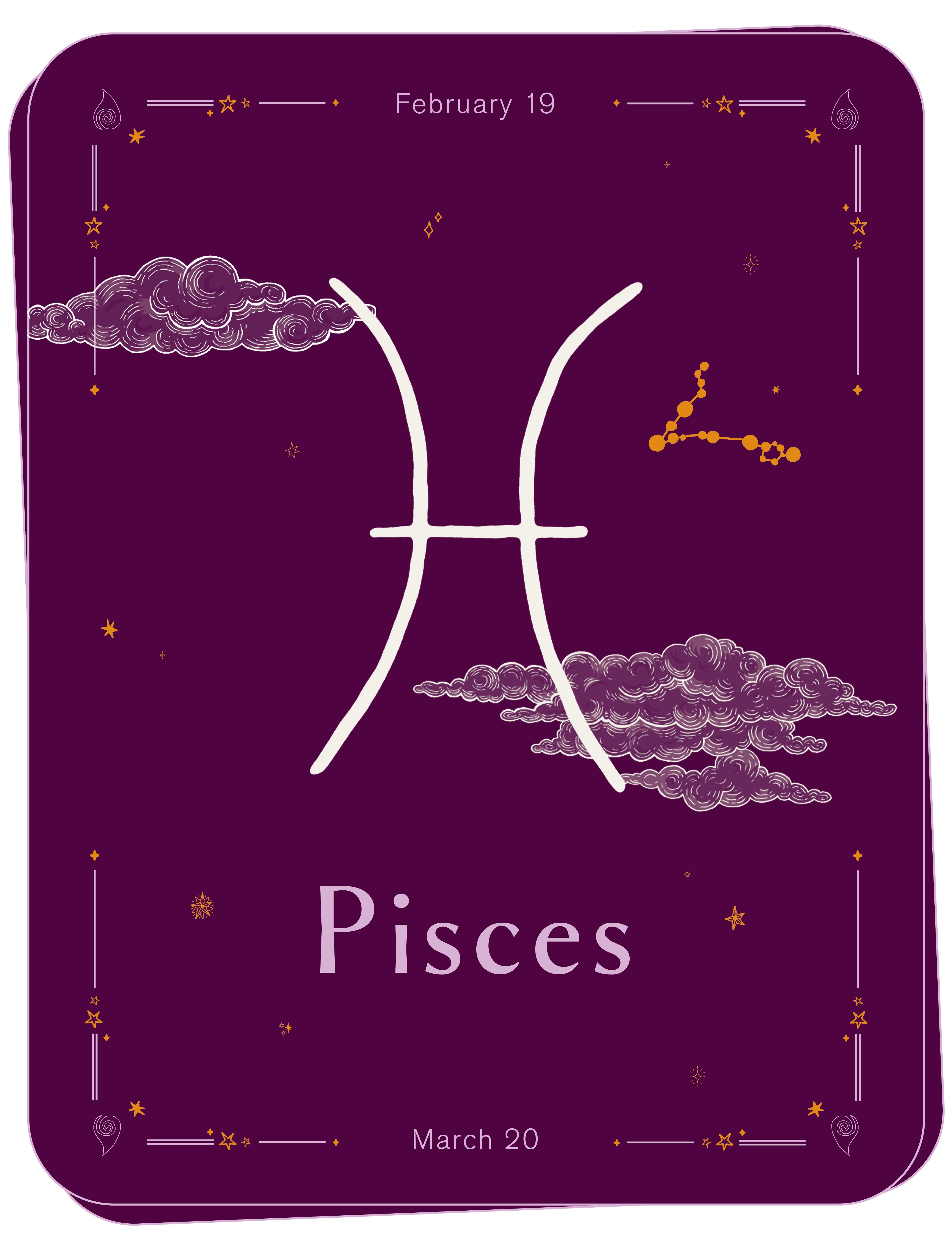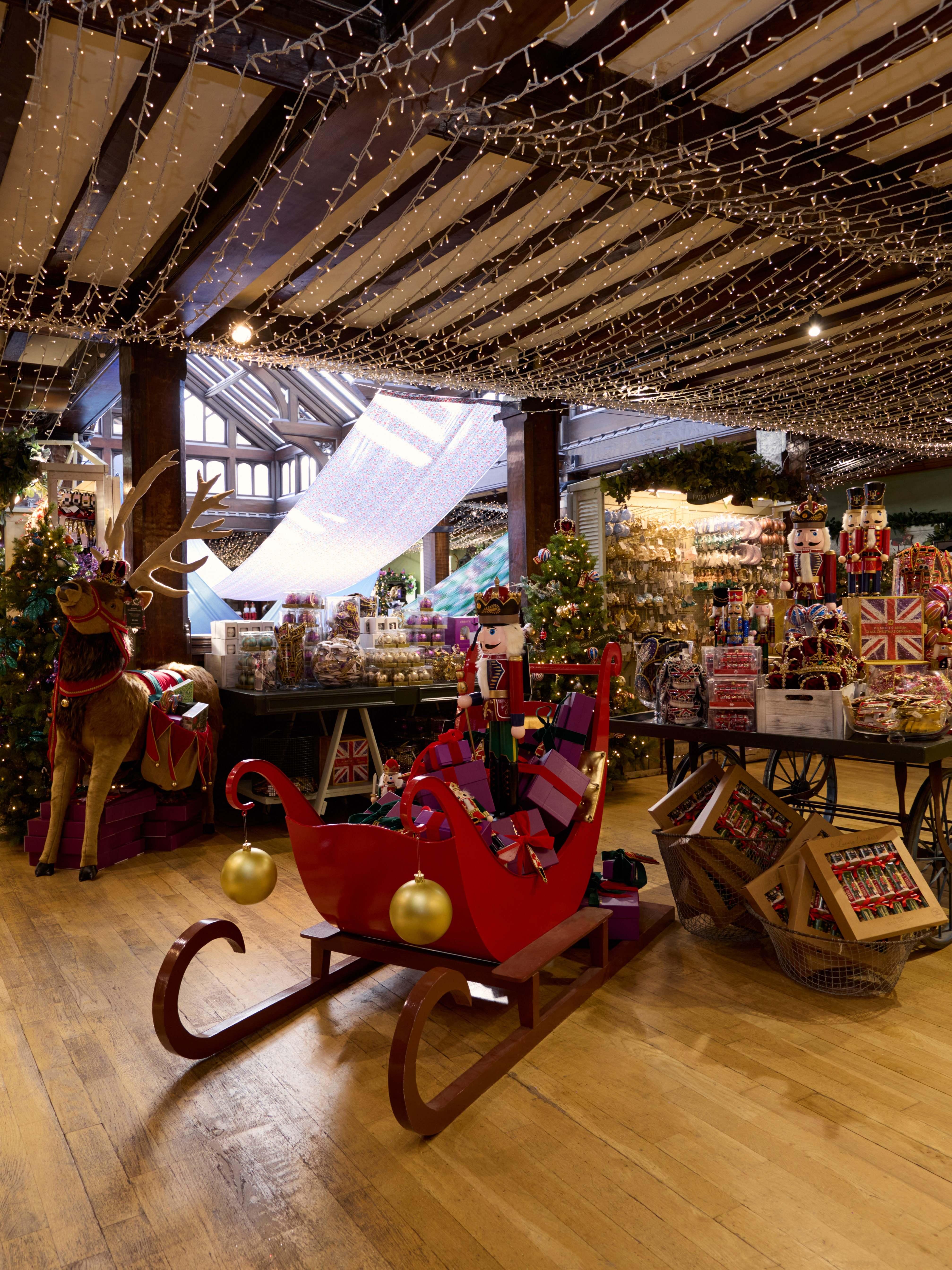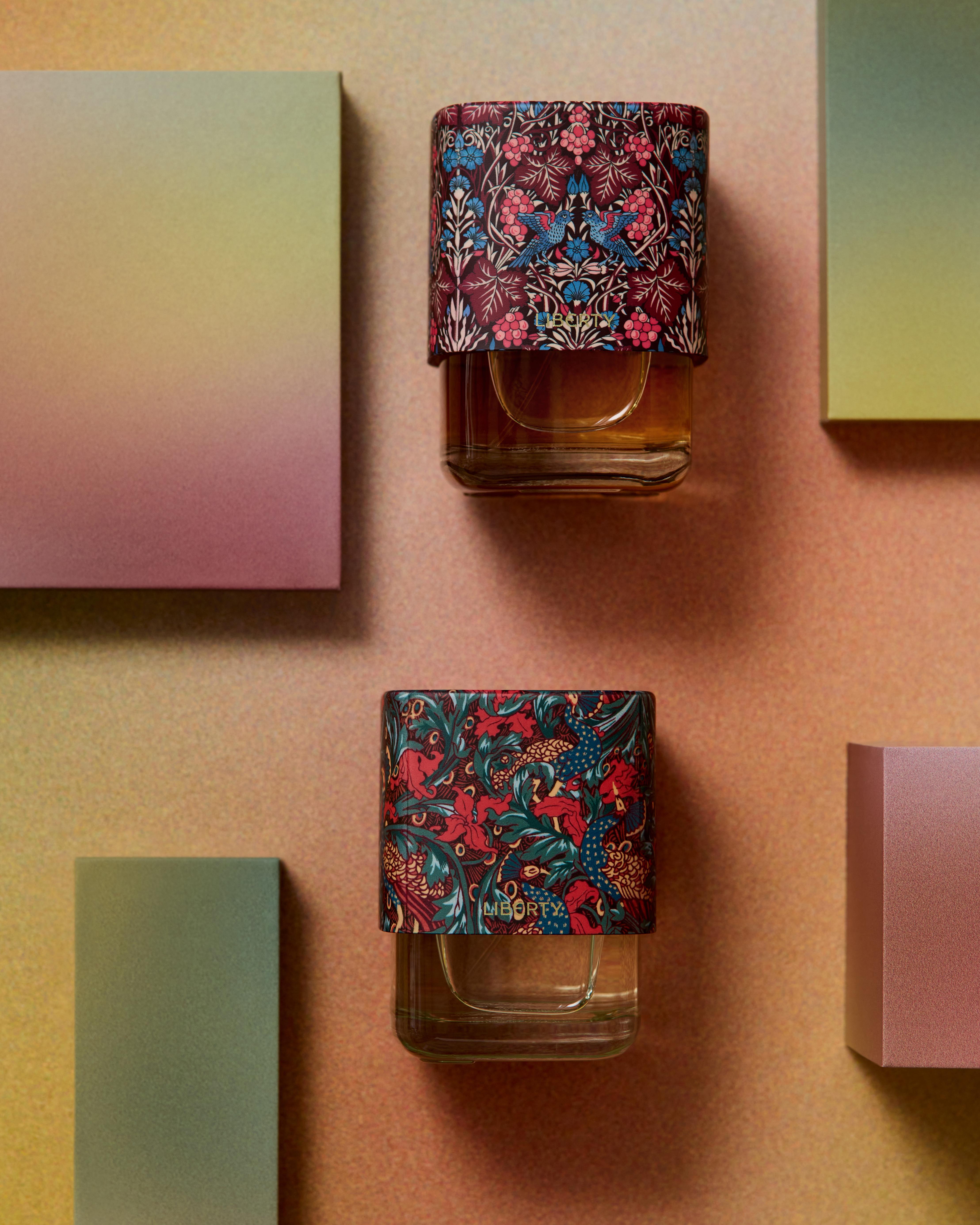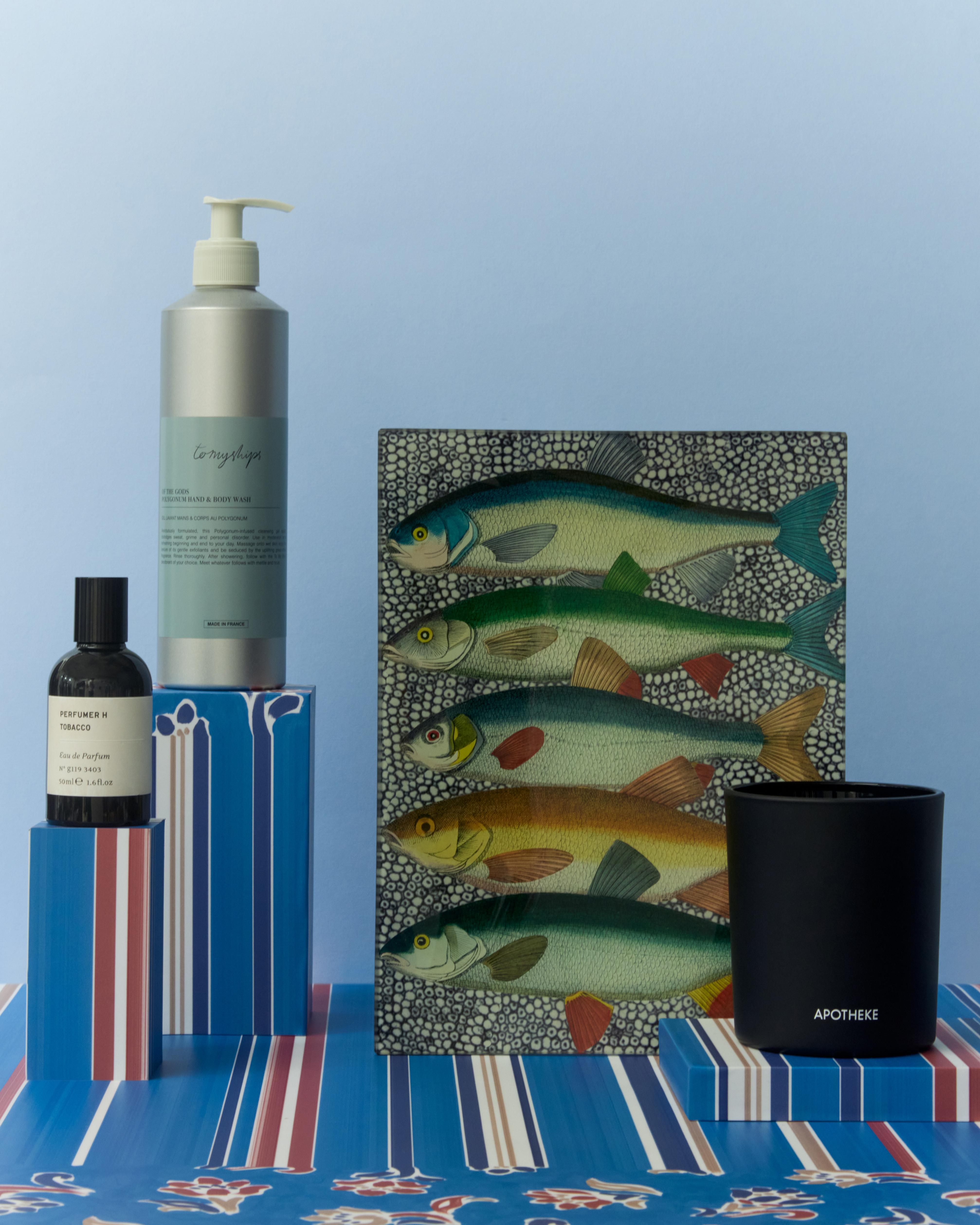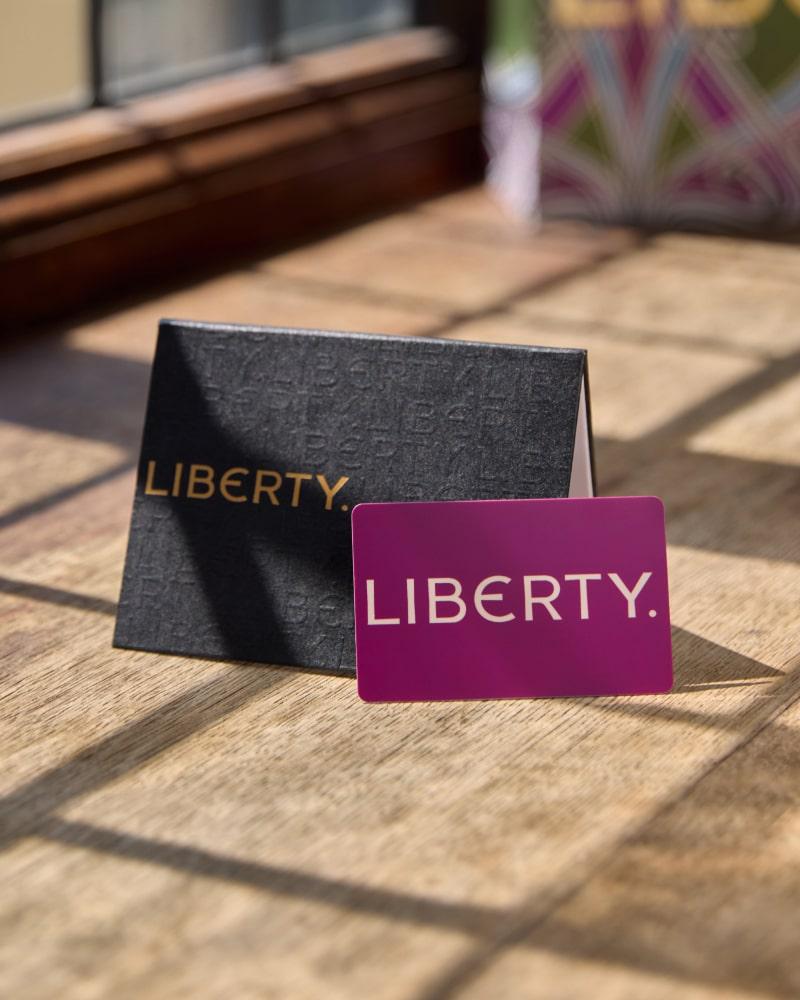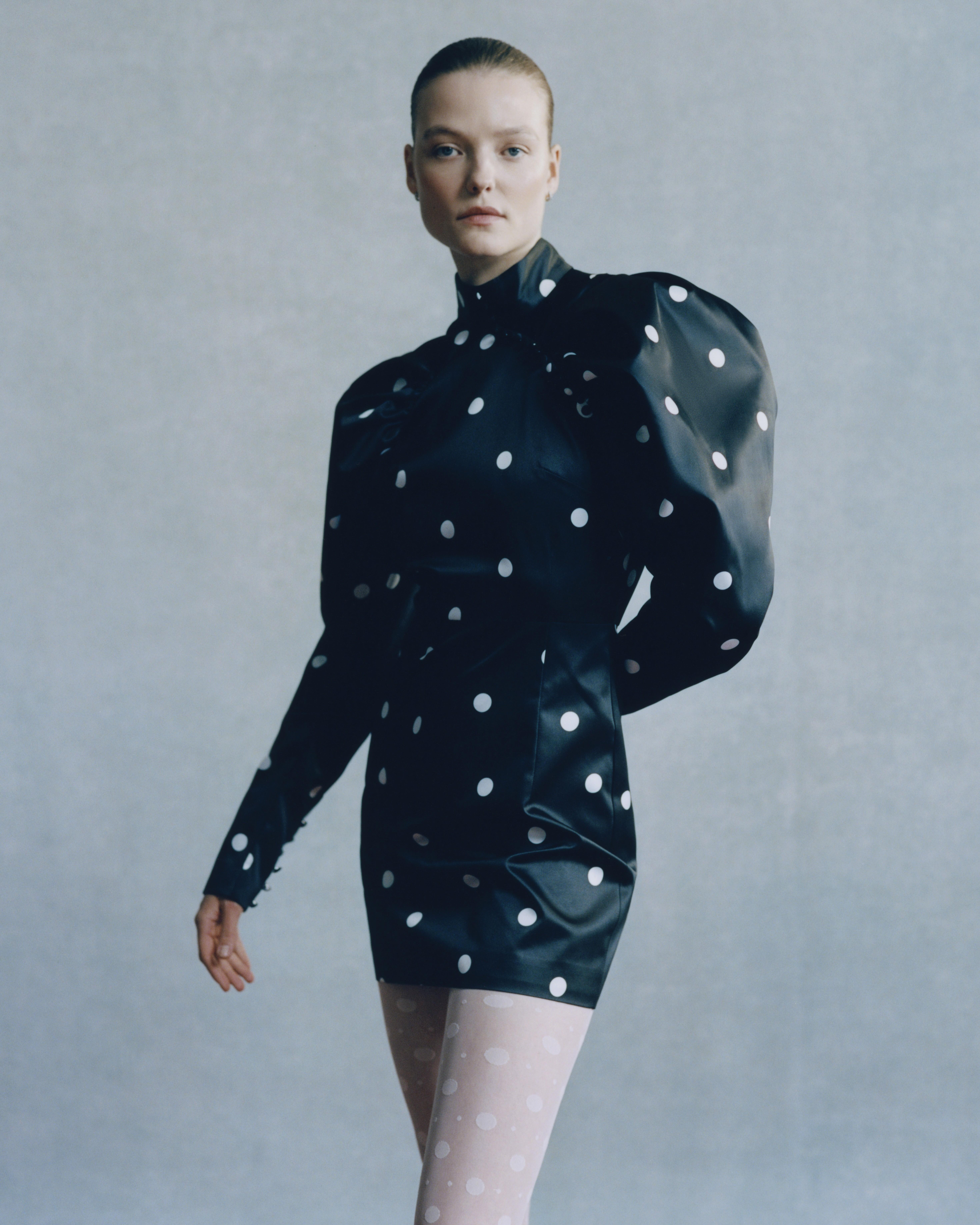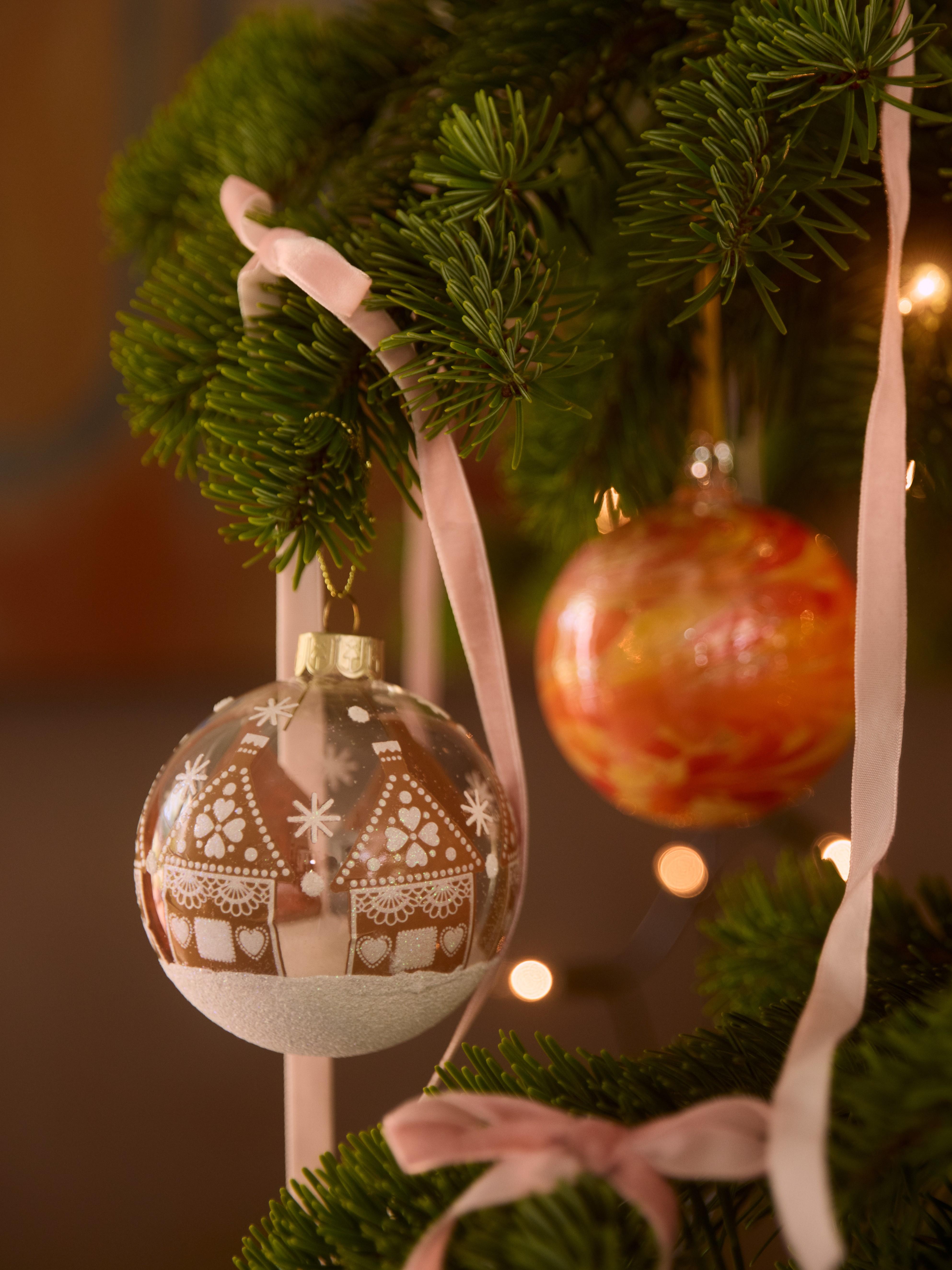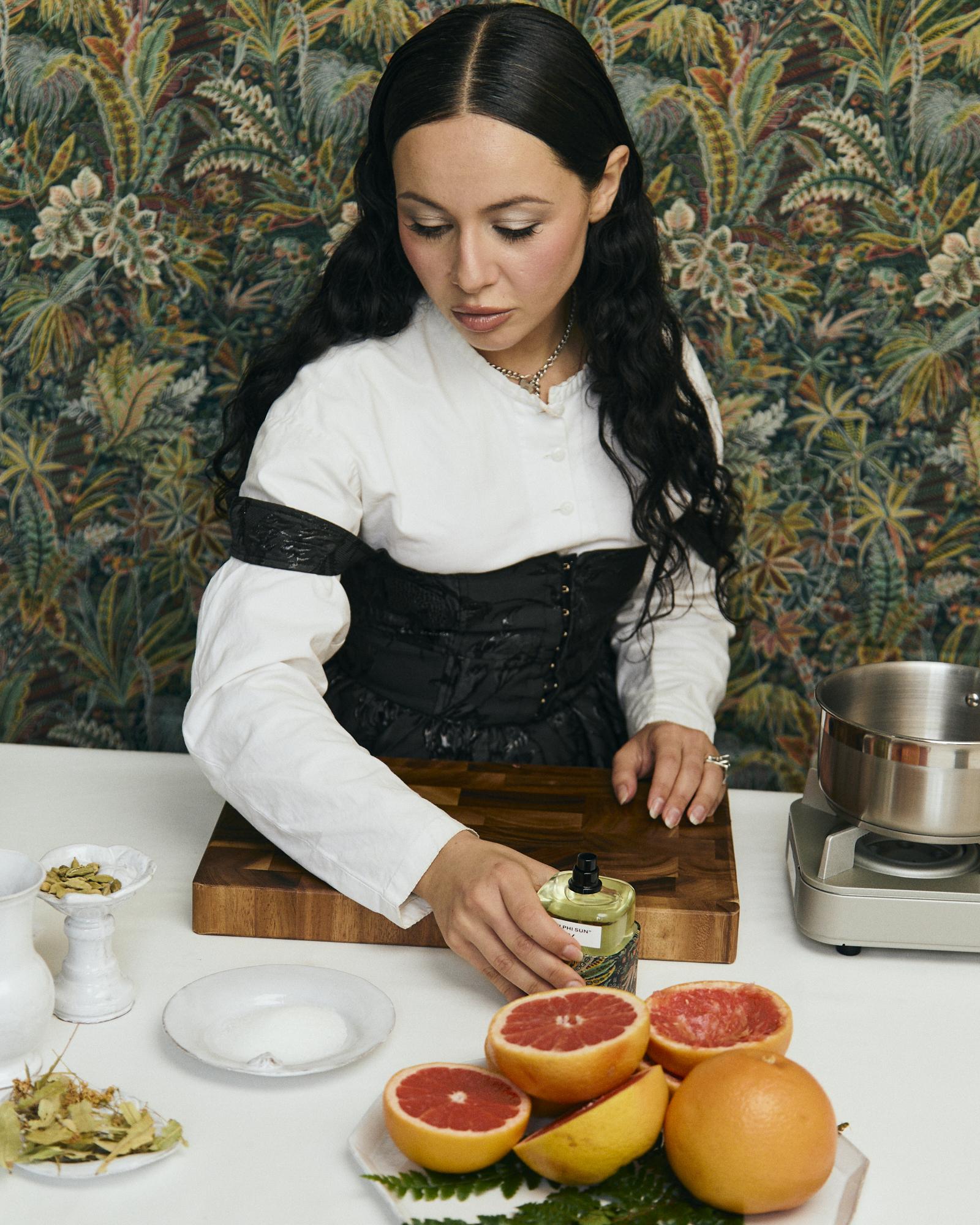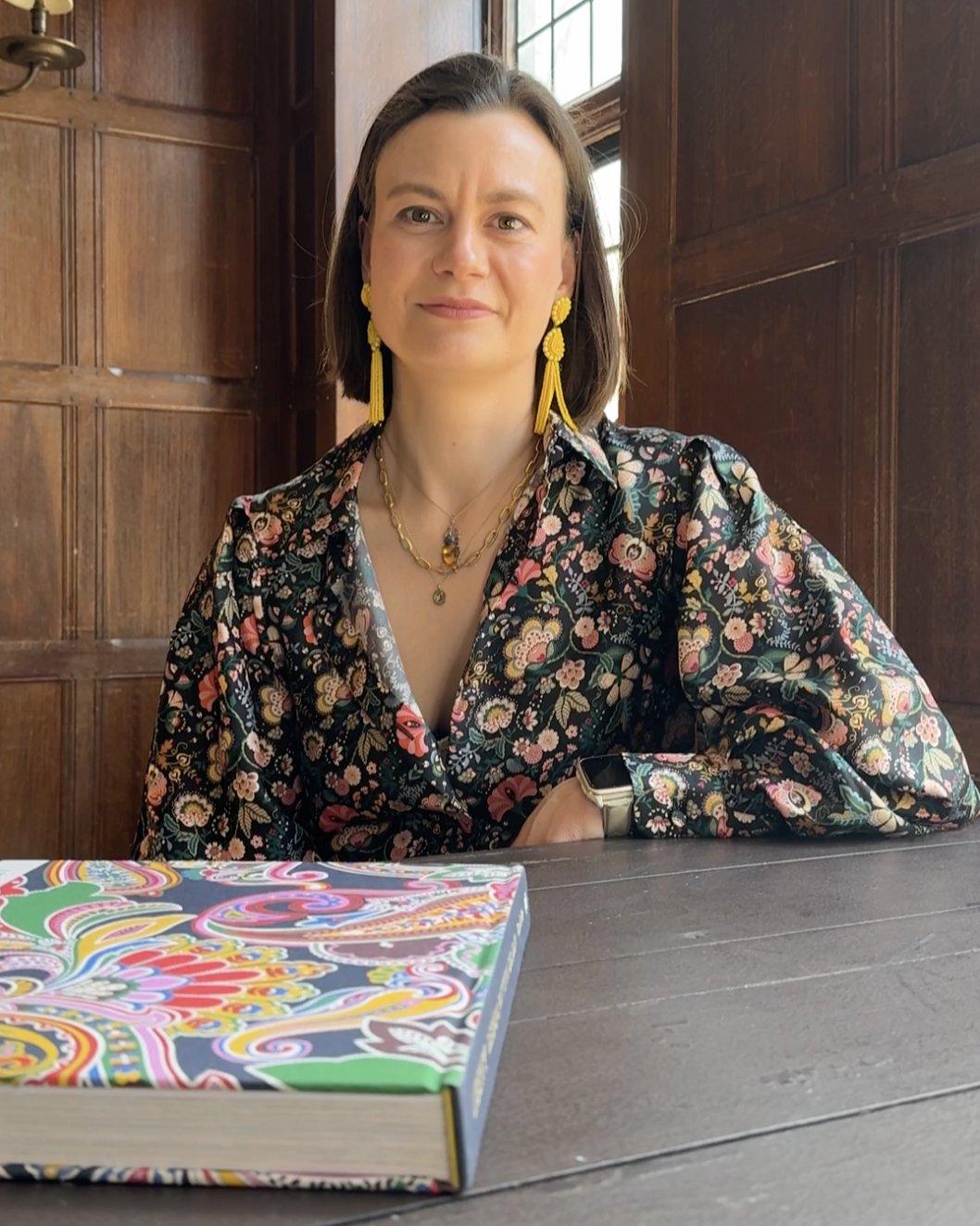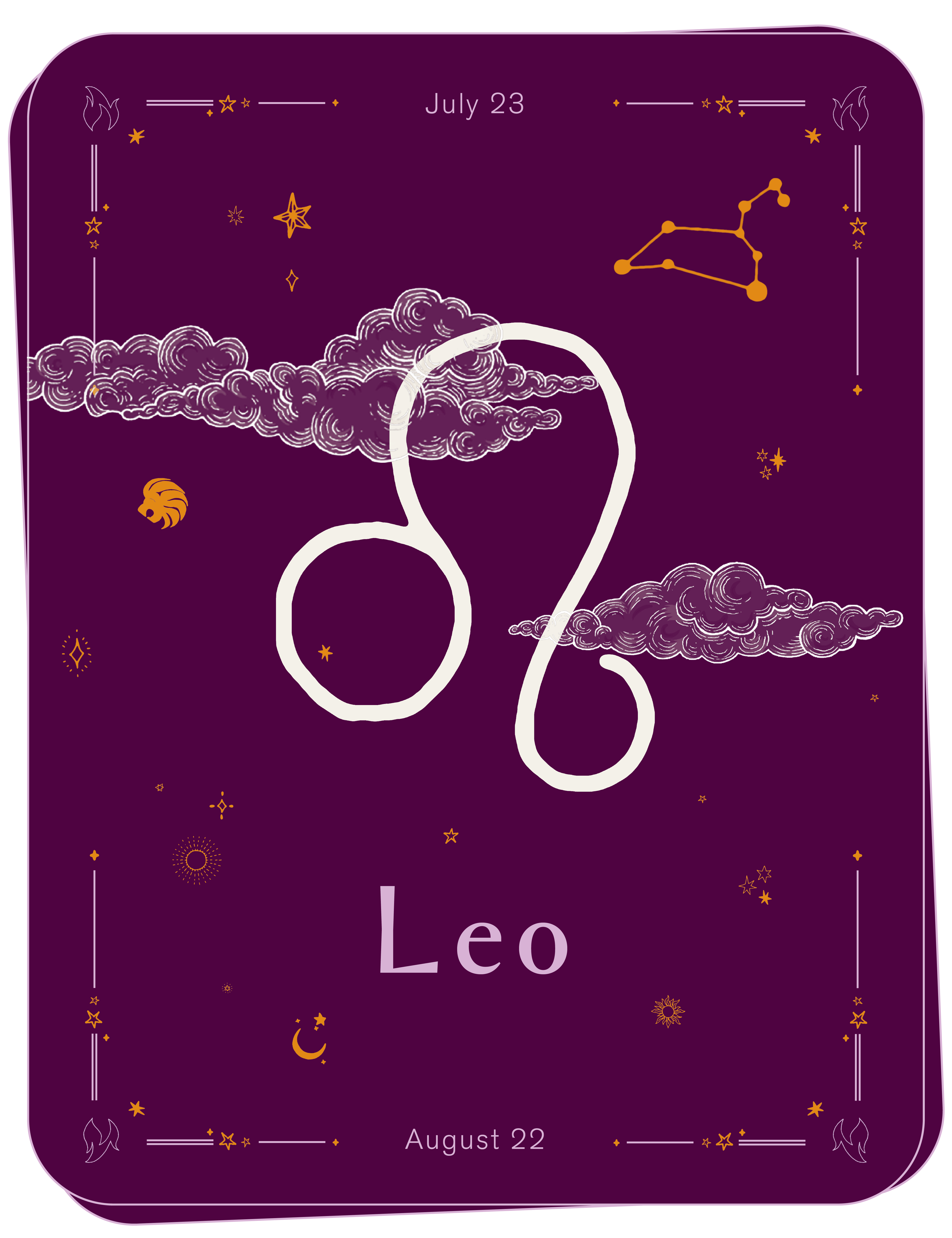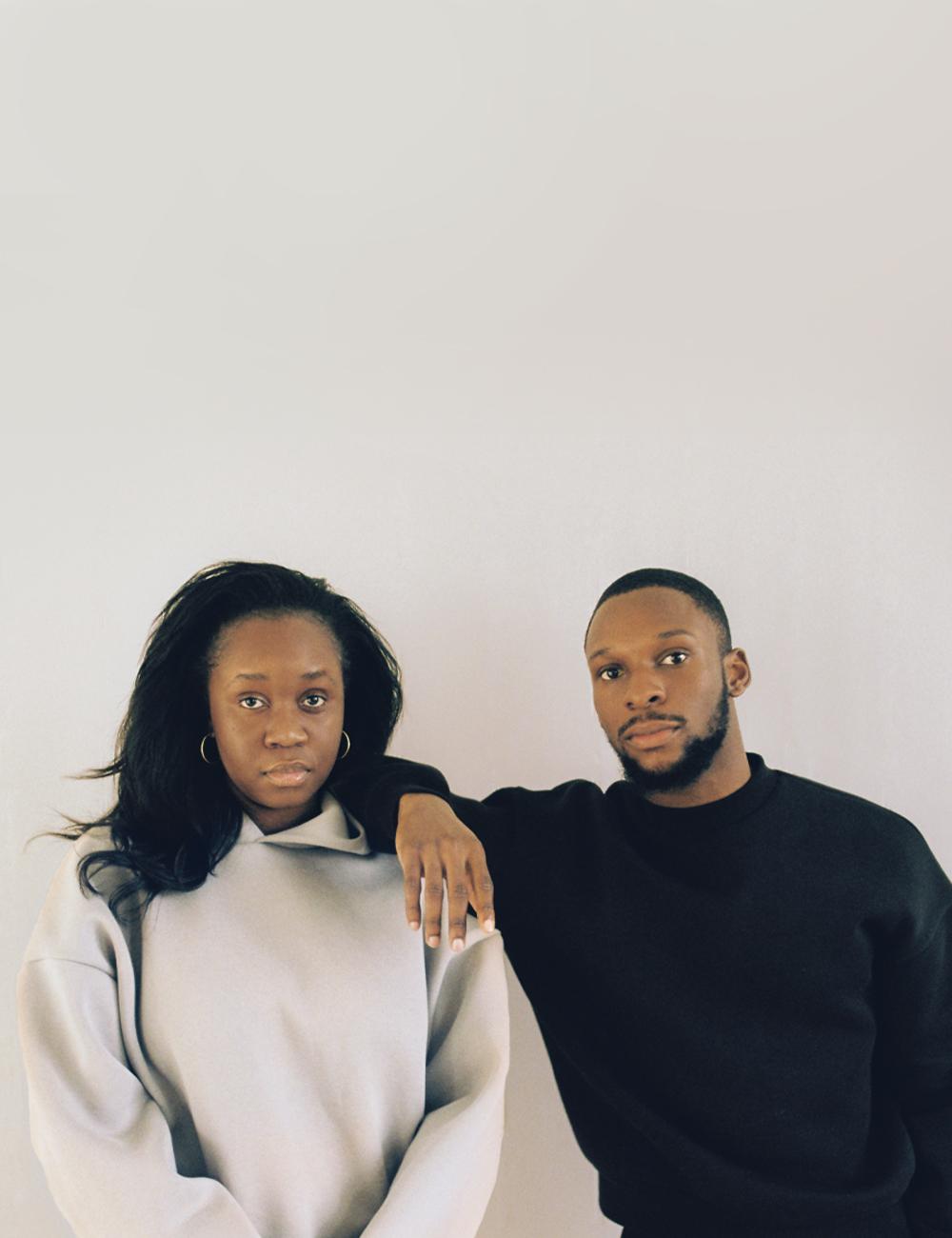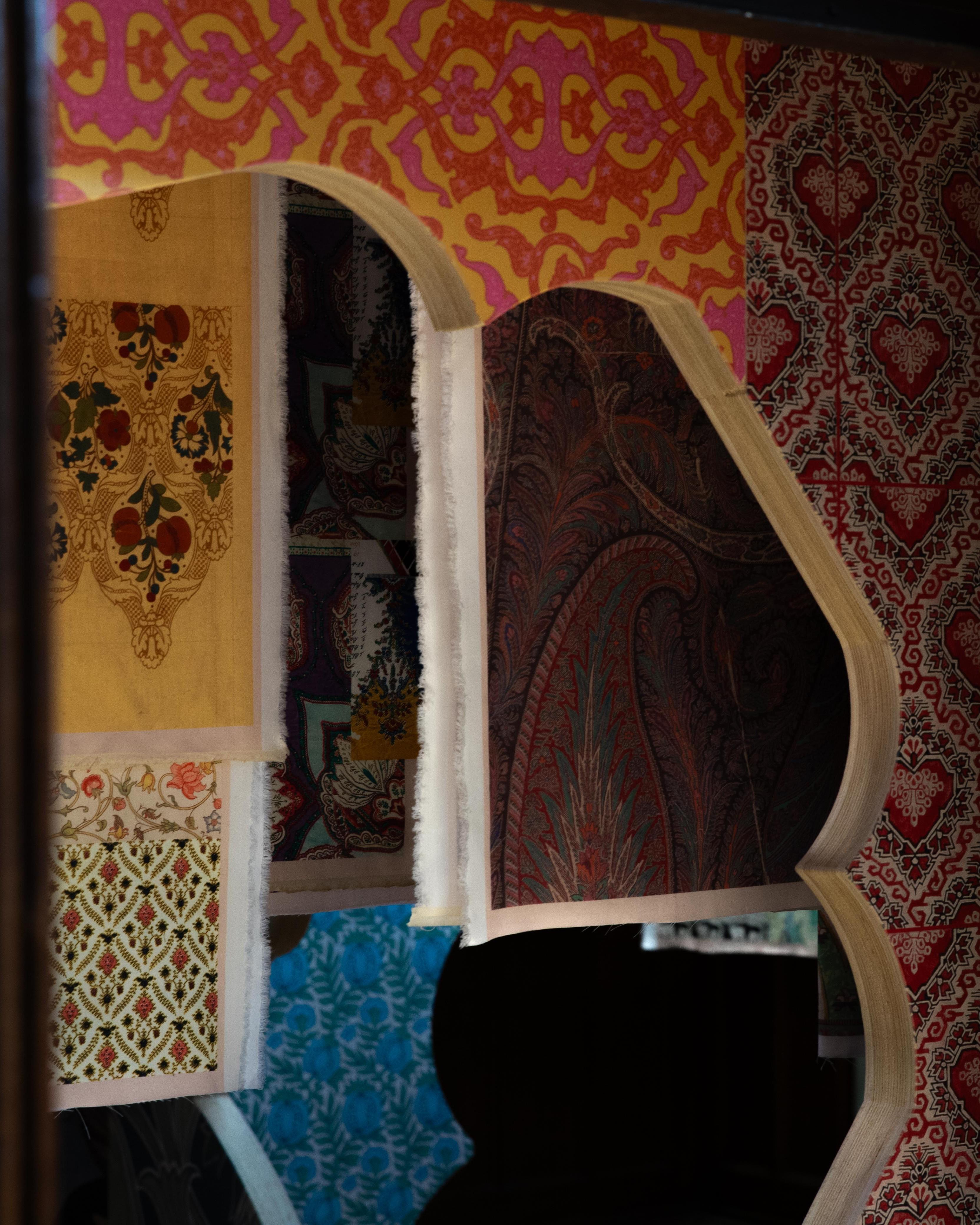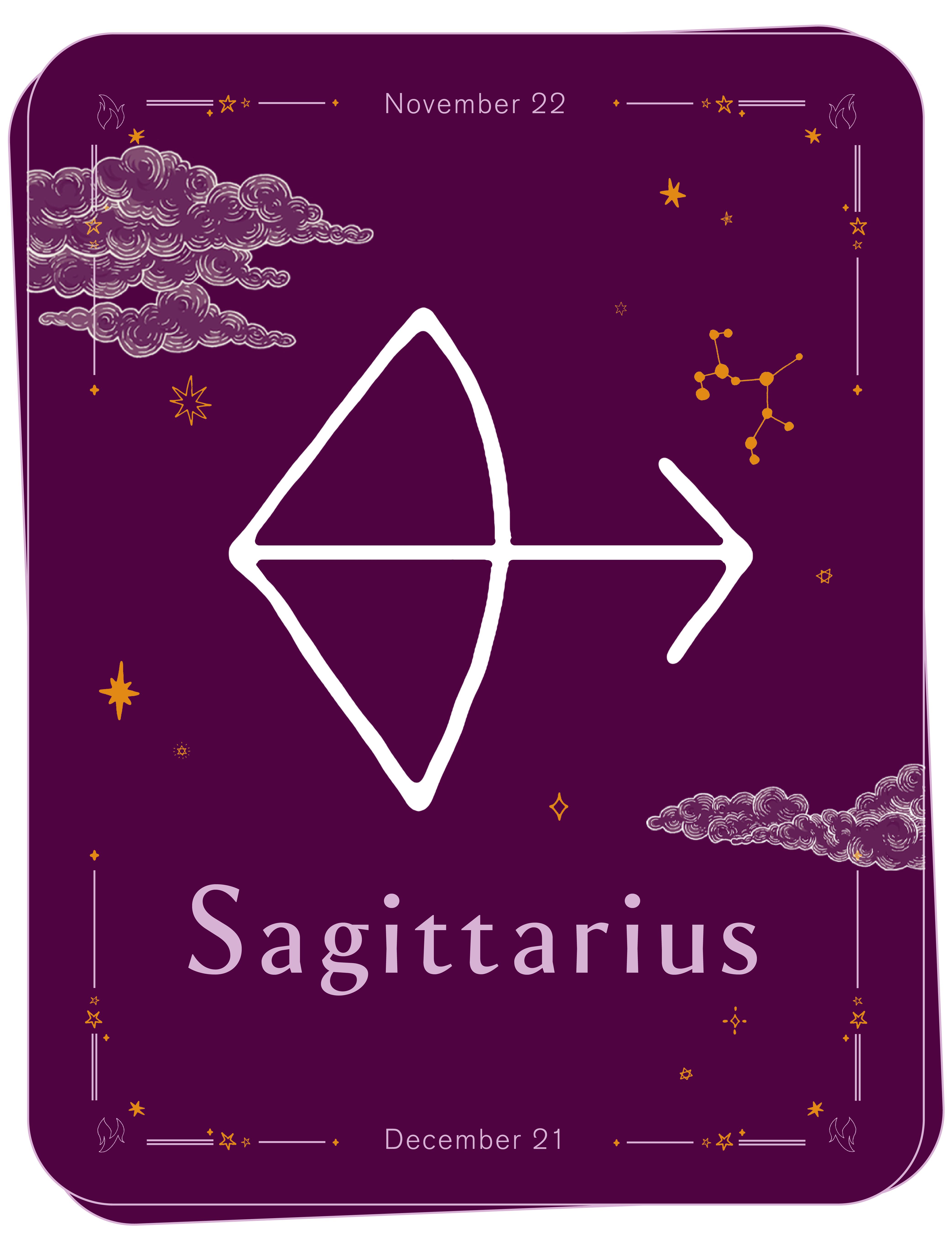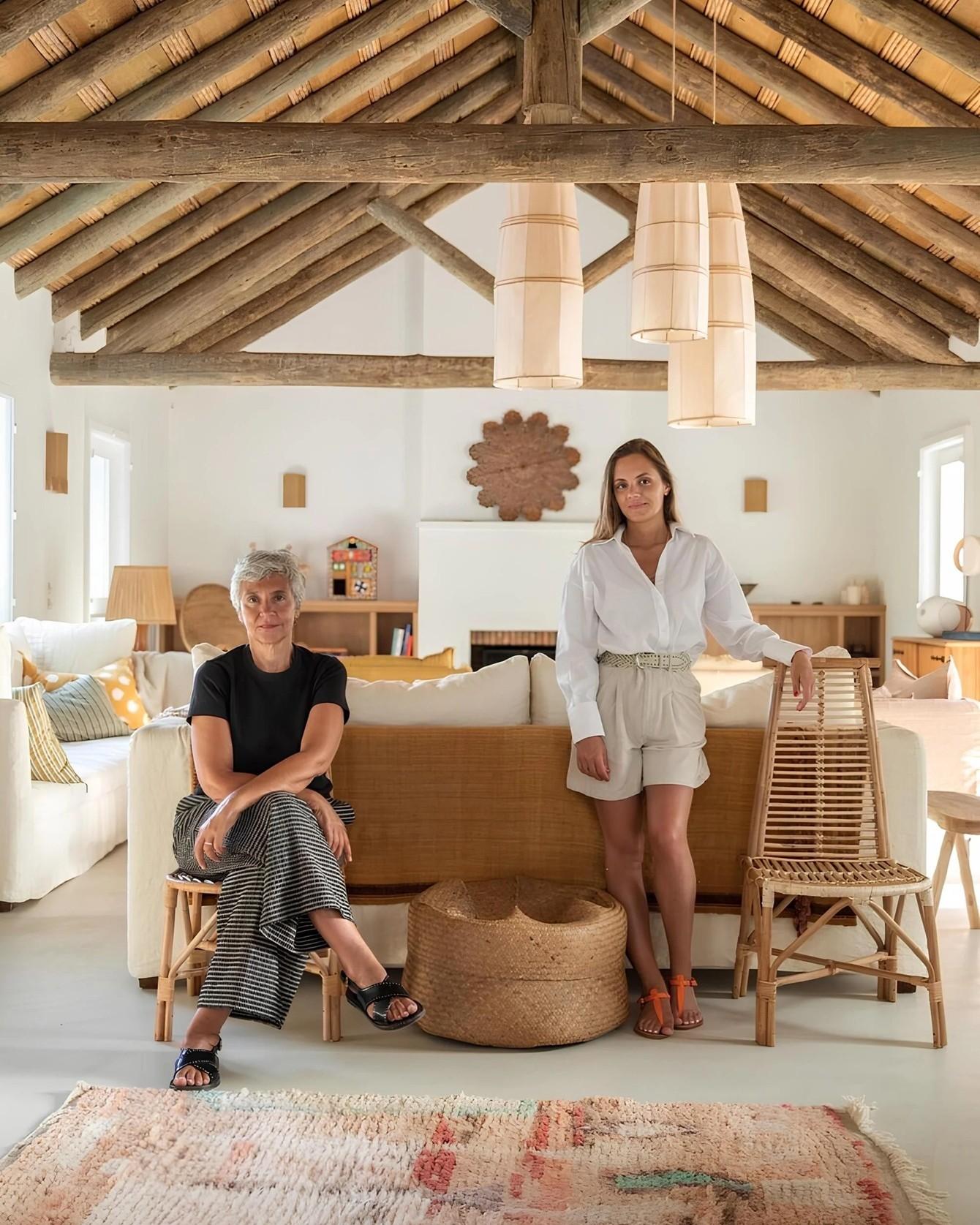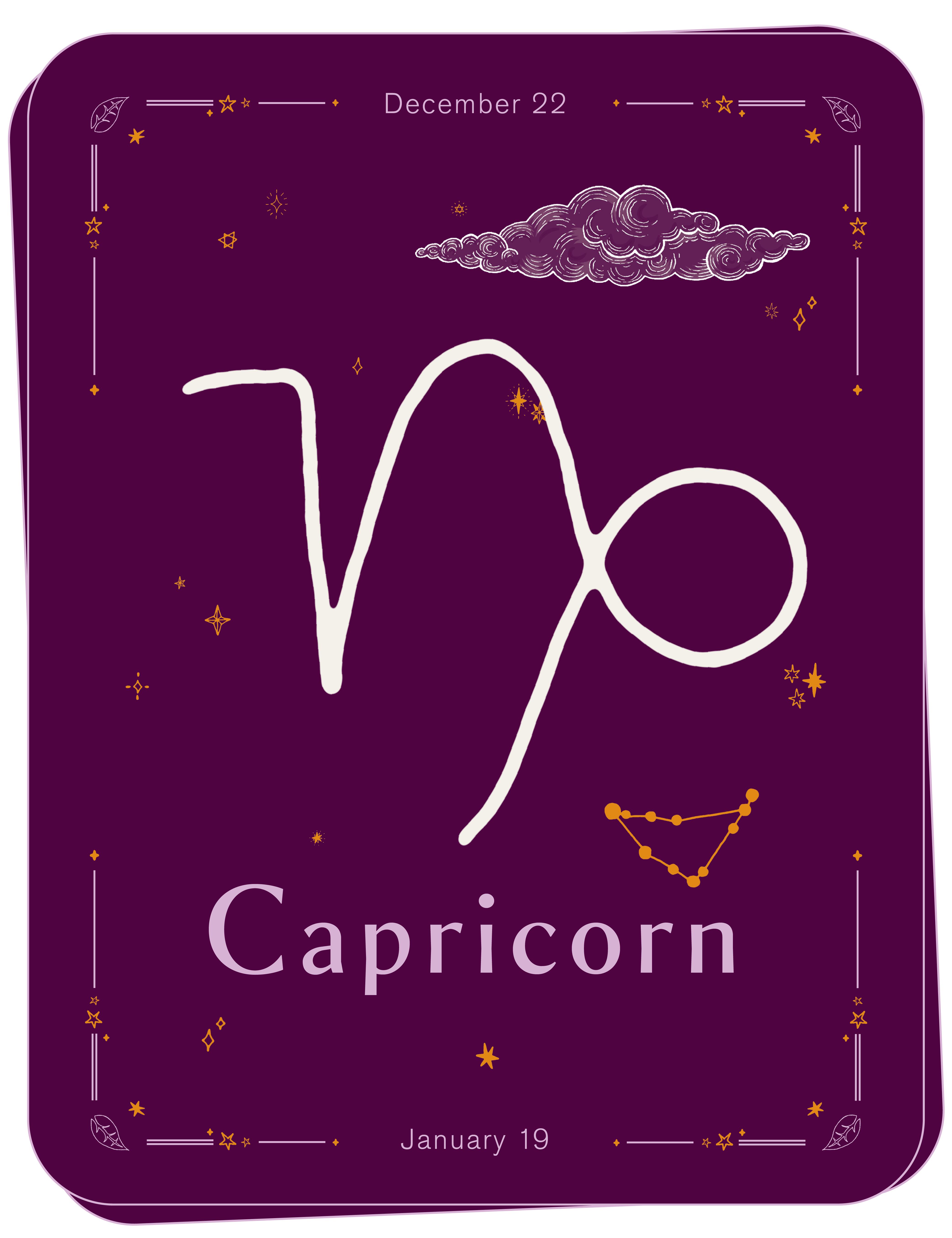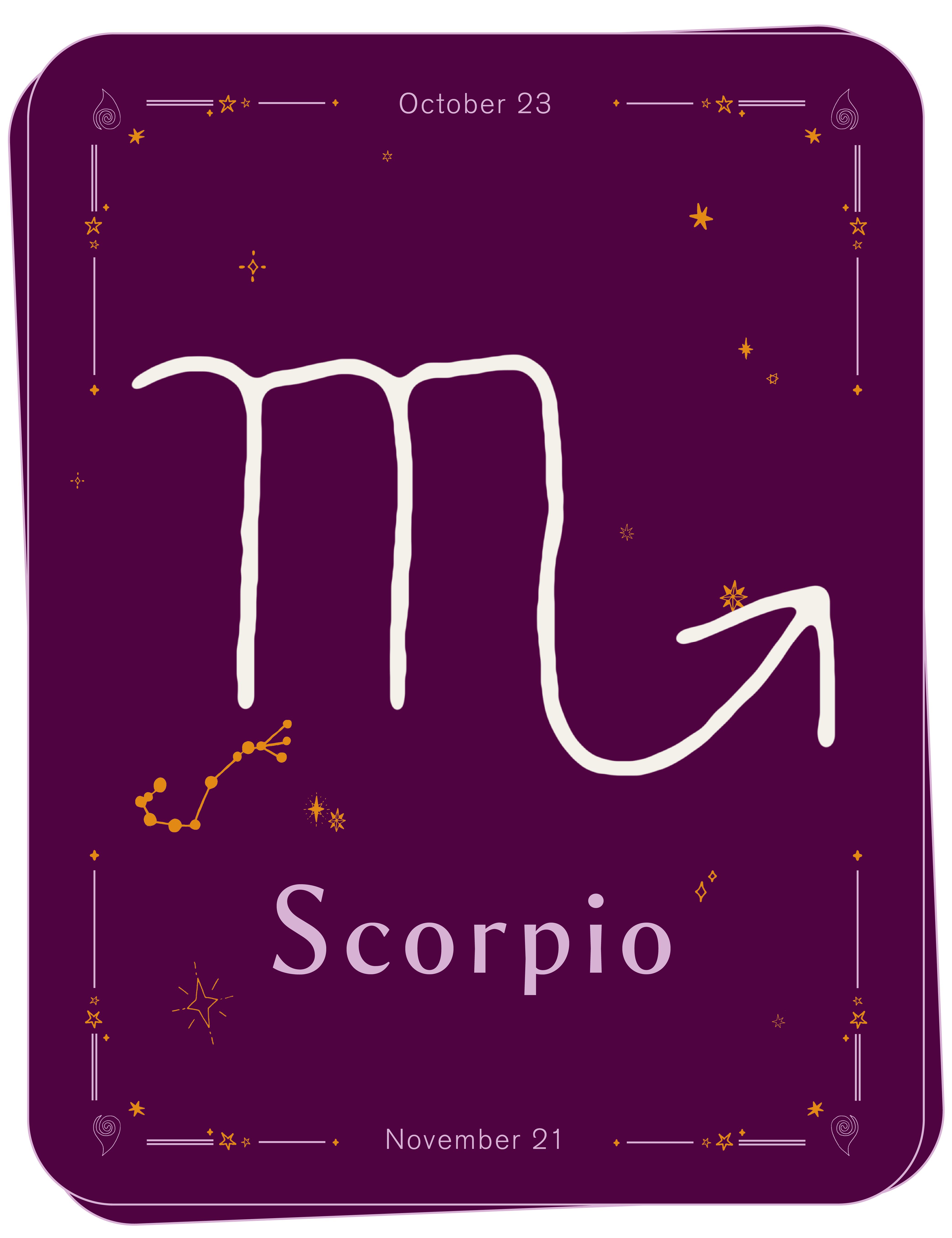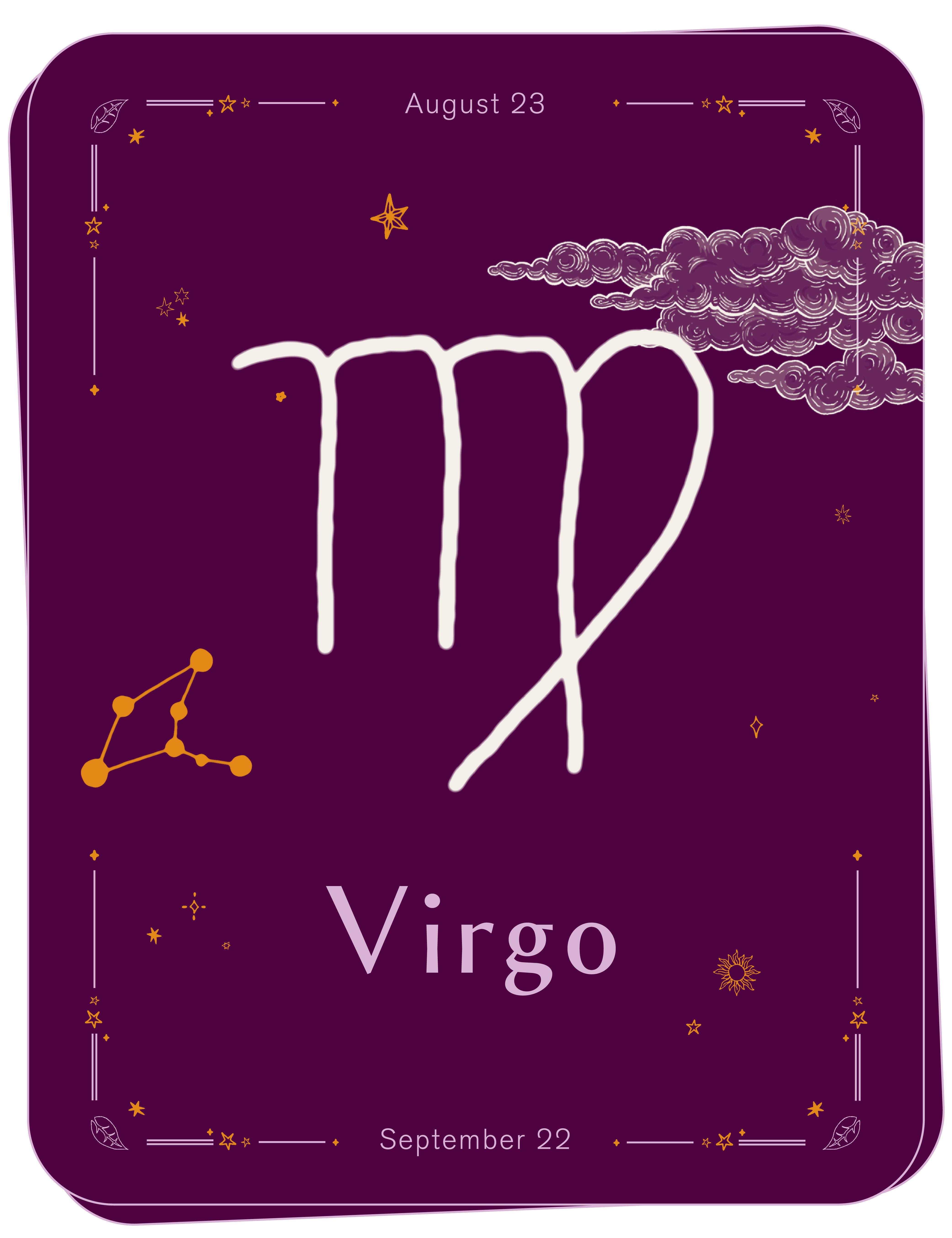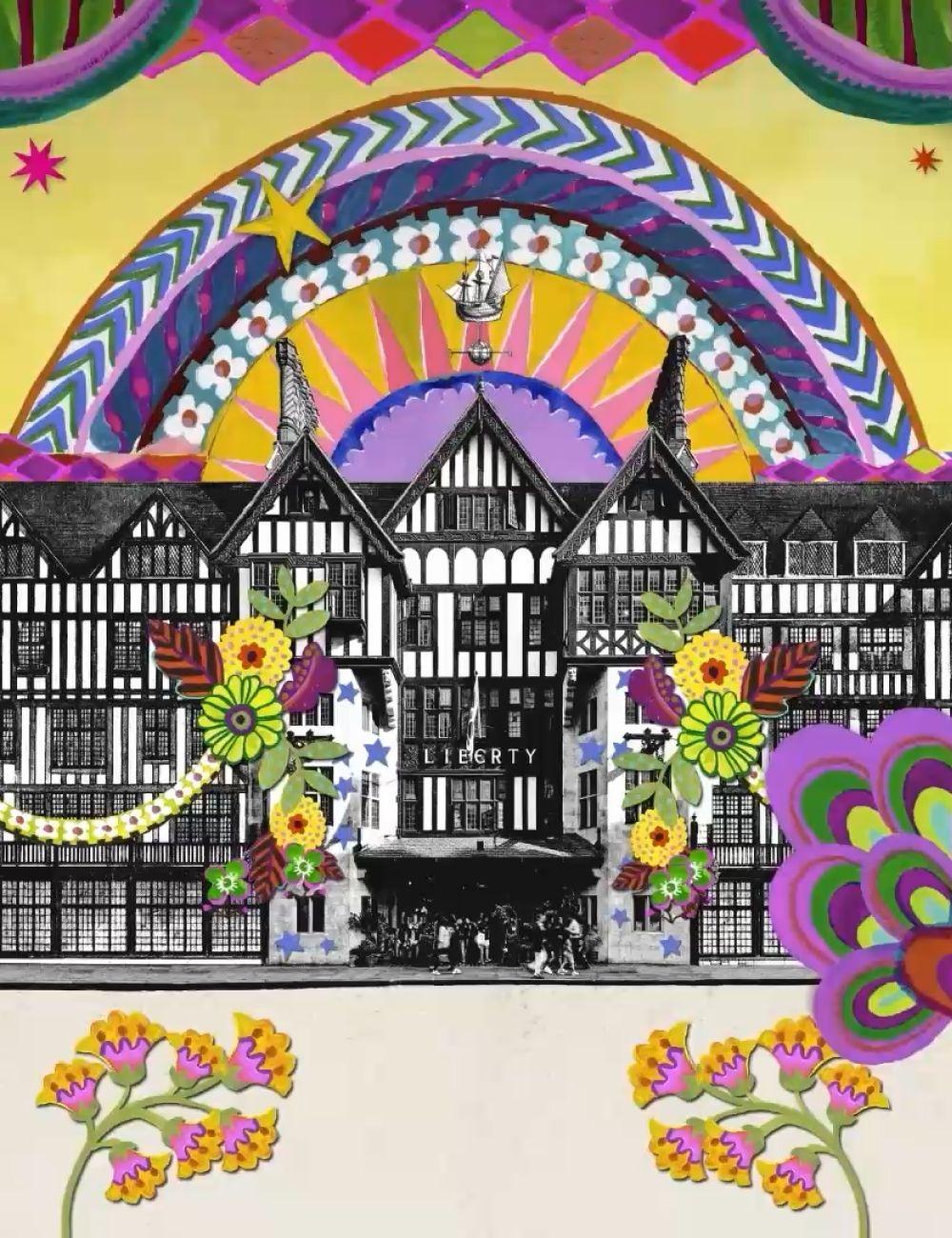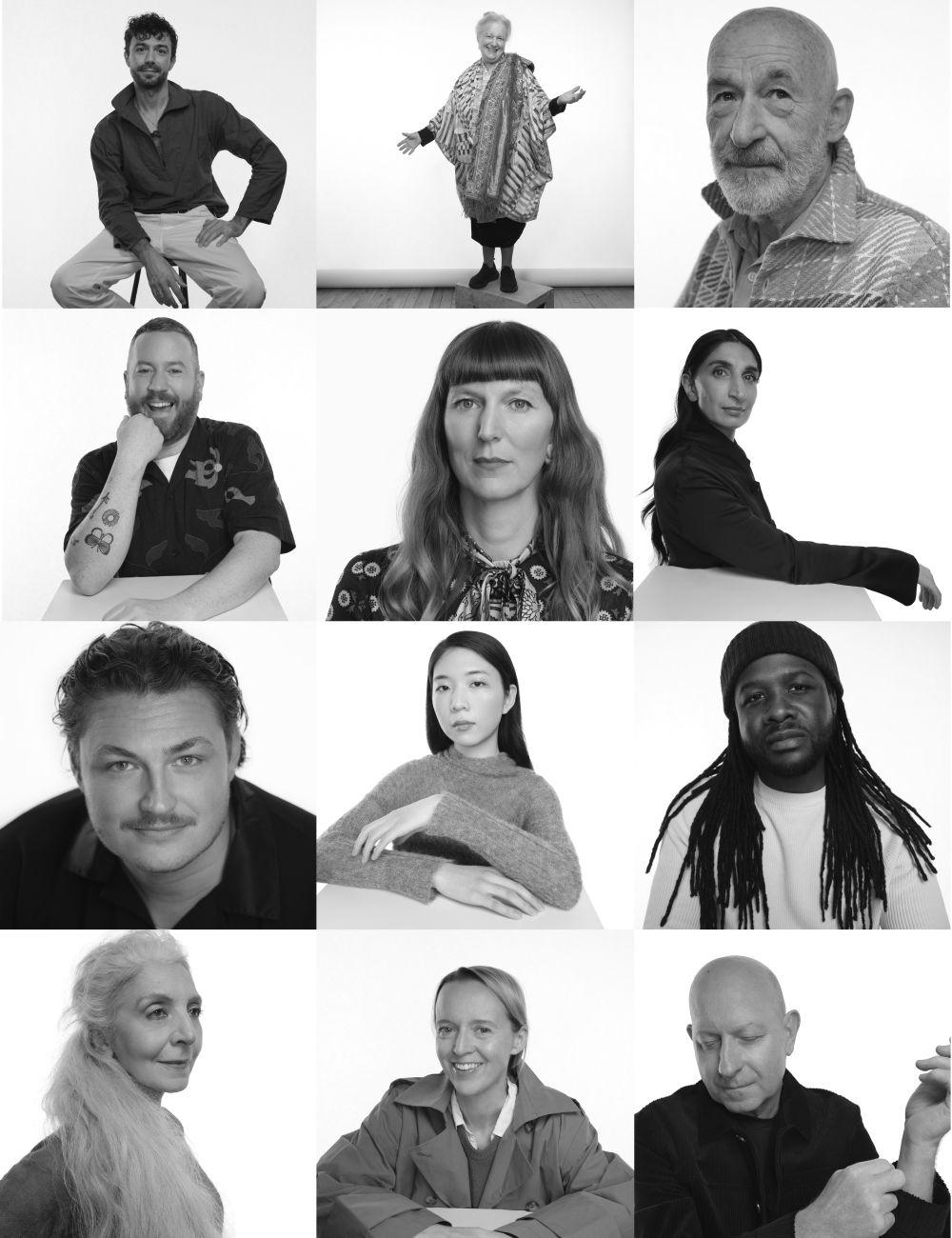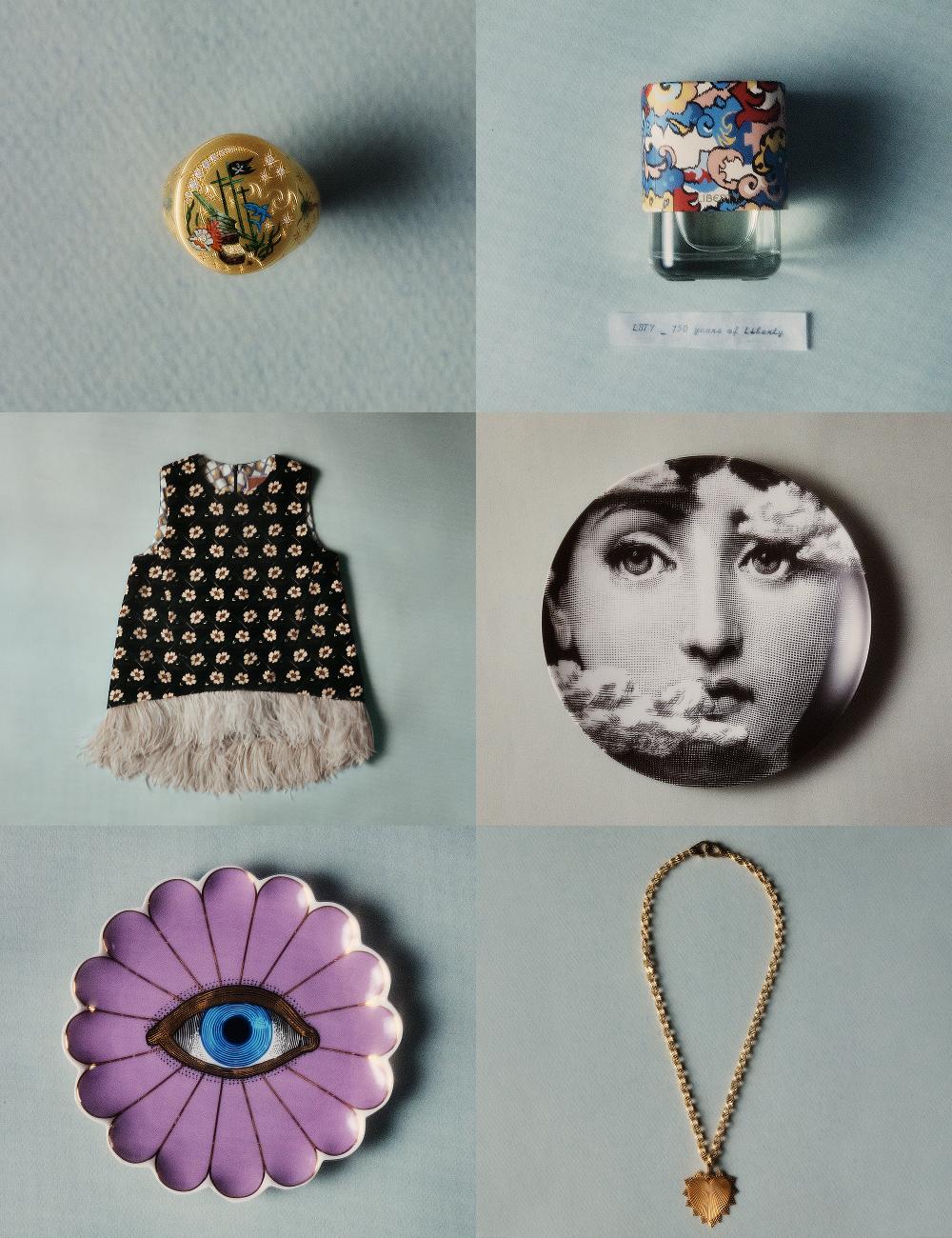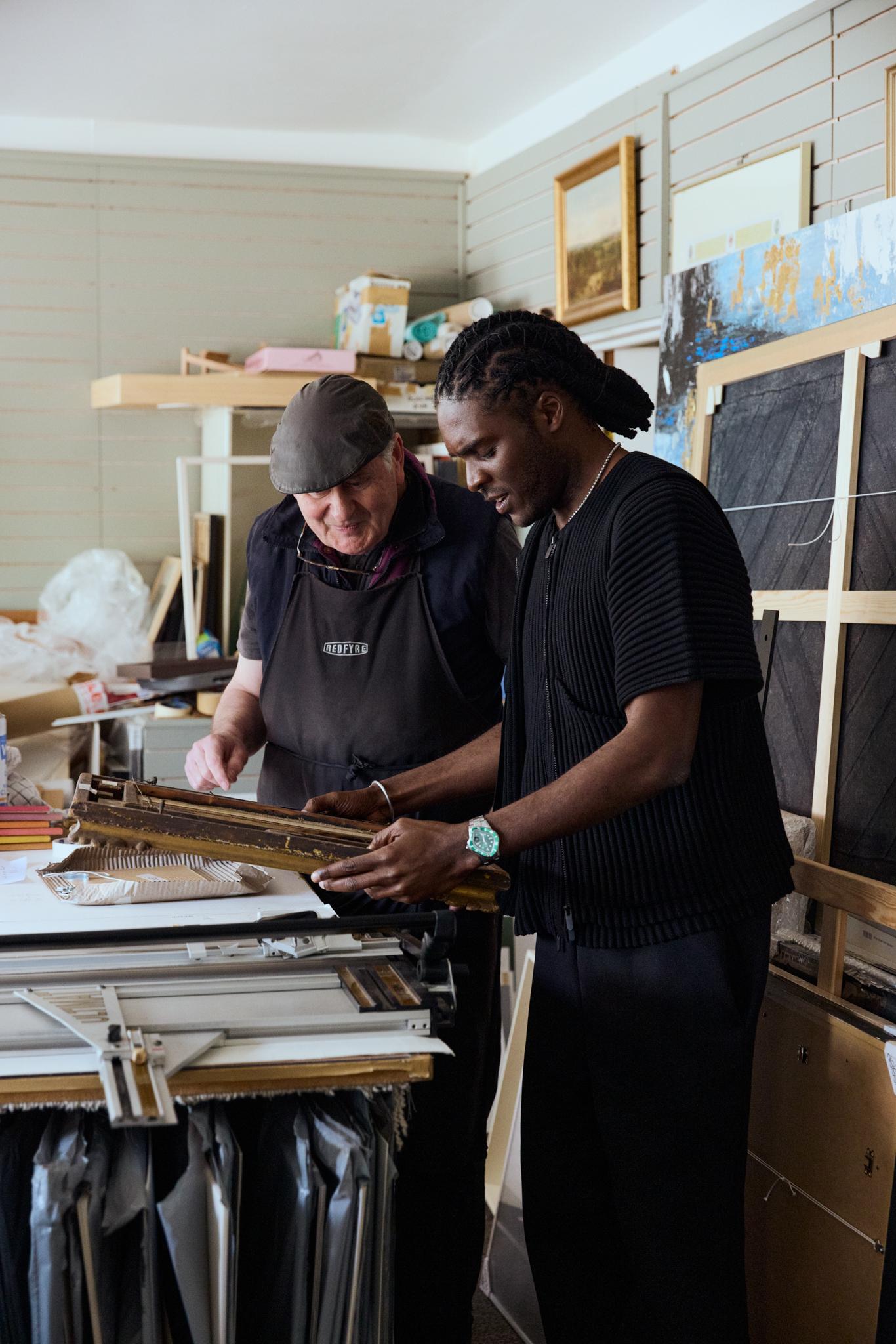
In the Studio with Xavier Leopold and Jimmy Davidson
How a chance meeting between the artist and framer led to a tale of art, connection and inspiration
Read more

In the Studio with Xavier Leopold and Jimmy Davidson
How a chance meeting between the artist and framer led to a tale of art, connection and inspiration
By: Team Liberty
Jimmy Davidson and Xavier Leopold in Davidson's framing studio.
Xavier's styling by Seventh .
Artist Xavier Leopold and framer Jimmy Davidson are a powerful example of the phrase “it’s a small world”.
Based in Herne Hill, Davidson is a framer by trade, setting up in business inspired by his own love of art, and his family history of carpentry. When Leopold first entered his store almost 40 years later, to have his own works framed, both reported an instant, almost grandfatherly, rapport.
Leopold is a London-based, Sierra Leone-born artist, who explores abstract portraiture and cubism in his work. Inspired by his personal experiences and worldview, his creations touch on themes such as time, introspection, faith, and legacy. Last year, his work was included in an exhibition at Liberty, Reclaimed Narratives in honour of Black History Month.
The themes in Leopold's work combined, too, in his meeting with Davidson with the pair realising that, by coincidence, Davidson had been close friends with Leopold’s grandfather back when his store first began.
To hear more about this unique story, and how it shaped the pairs approach to art, connection and creativity, Liberty joined the duo in Davidson’s store…
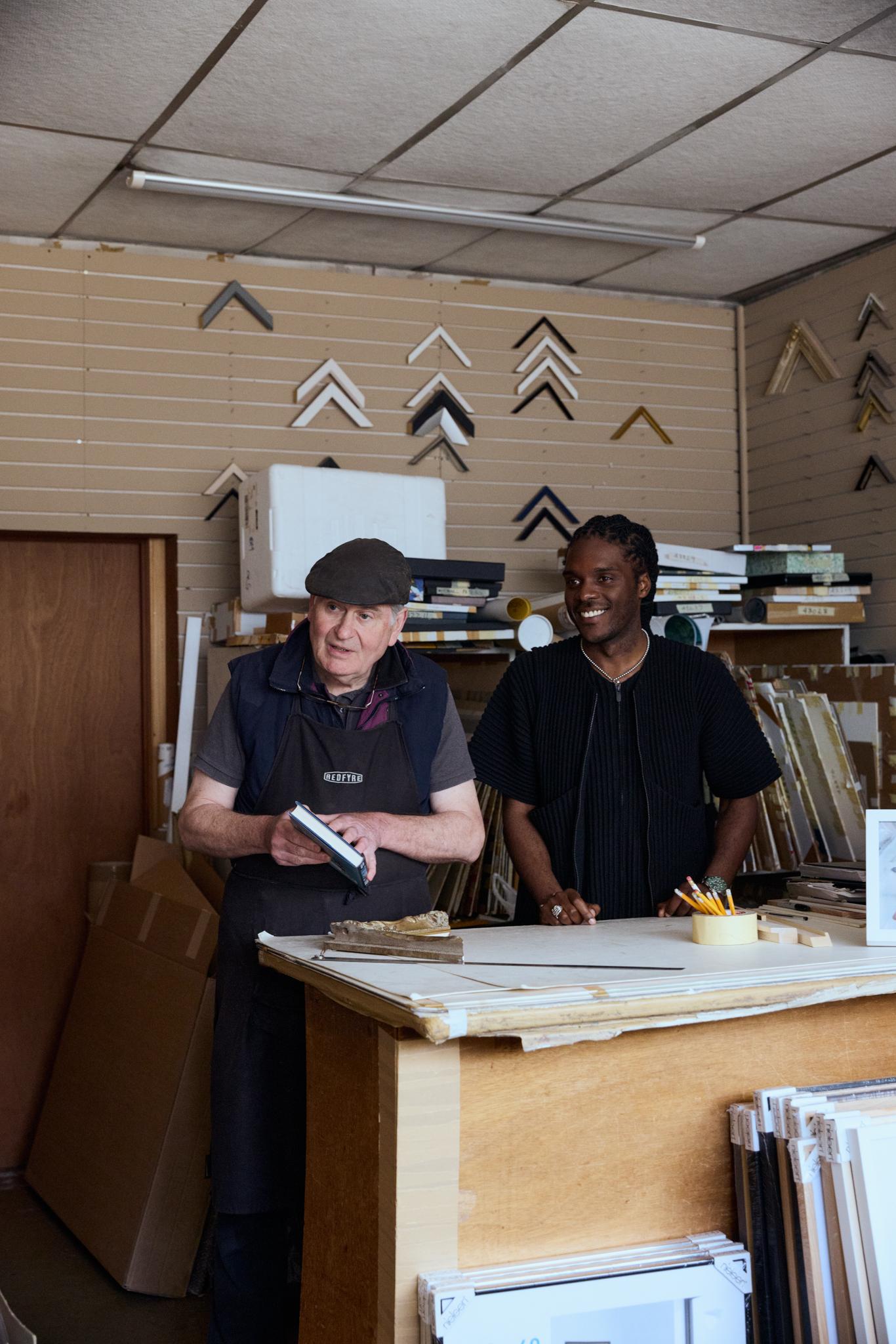
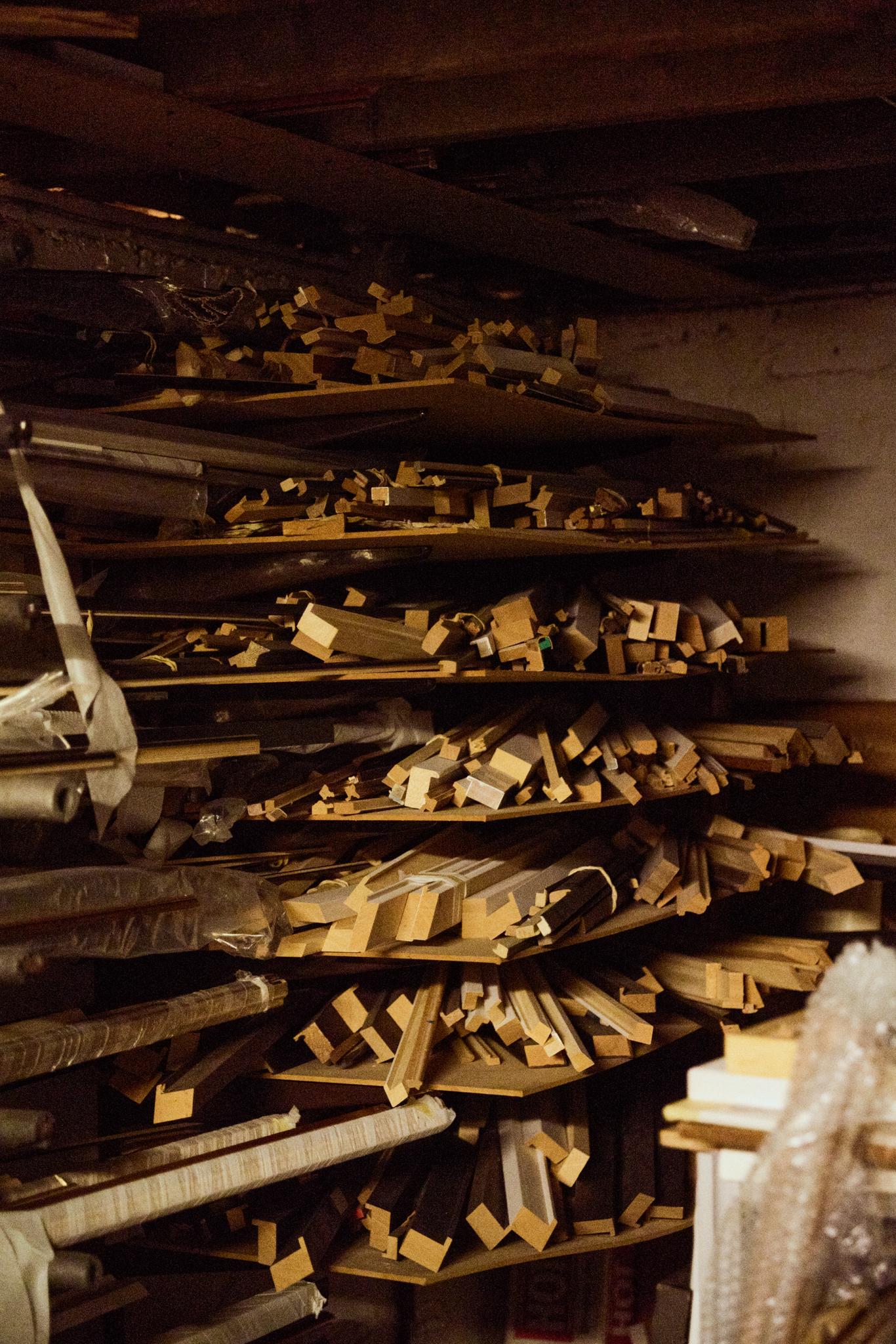
Tell us the story of how you met?
Xavier: I first stepped into Jimmy’s shop a couple of years ago, and right away, I got a great vibe from him. Each time I would go to frame my art, our conversations would drift from art, to life and everything in between. We’d joke that he’s like a grandfather to me and there was always this warm, familiar energy between us.
One day, he mentioned that I’d just missed his in-laws, who were from Sierra Leone. At that moment I realised I’d never shared my own heritage with him, that I, too, am Sierra Leonean. We both paused and laughed, realising we didn’t even know each other’s last names. When I told him mine, his face lit up. “The only Leopold I’ve ever known,” he said, “was a dear friend of mine, Shubu Leopold, back in the 1980s”.
That name stopped me in my tracks, Shubu Leopold was my late grandfather.
Jimmy went on to share stories of their time together in Sierra Leone, saying he had lost touch with Shubu in the early ‘90s and had often wondered how he was.
It was one of those moments that felt almost too aligned to be real: a gentle nod from the universe. Art brought us together, but it also reconnected Jimmy with the family of a long-lost friend, and gave me a new, unexpected glimpse into my grandfather’s life.
Jimmy : Well, it’s a classic. Xavier walked through the door talking about an exhibition.
As we talked through what artwork was going to go in what frame and I took notes, I mentioned that he’d just missed my in-laws who are from Sierra Leone. That’s when he said that he too was from Sierra Leone. I went on to share that I once had a good friend from Freetown in the 80s and that his name was Shubu Leopold, pronounced ‘Lepo’ by the Krios.
Much to my surprise, he responded, “that’s my grandfather! ” What a moment of serendipity. I always take down the names of my customers but for some reason, up until that day, I’d only ever taken Xavier’s first name.
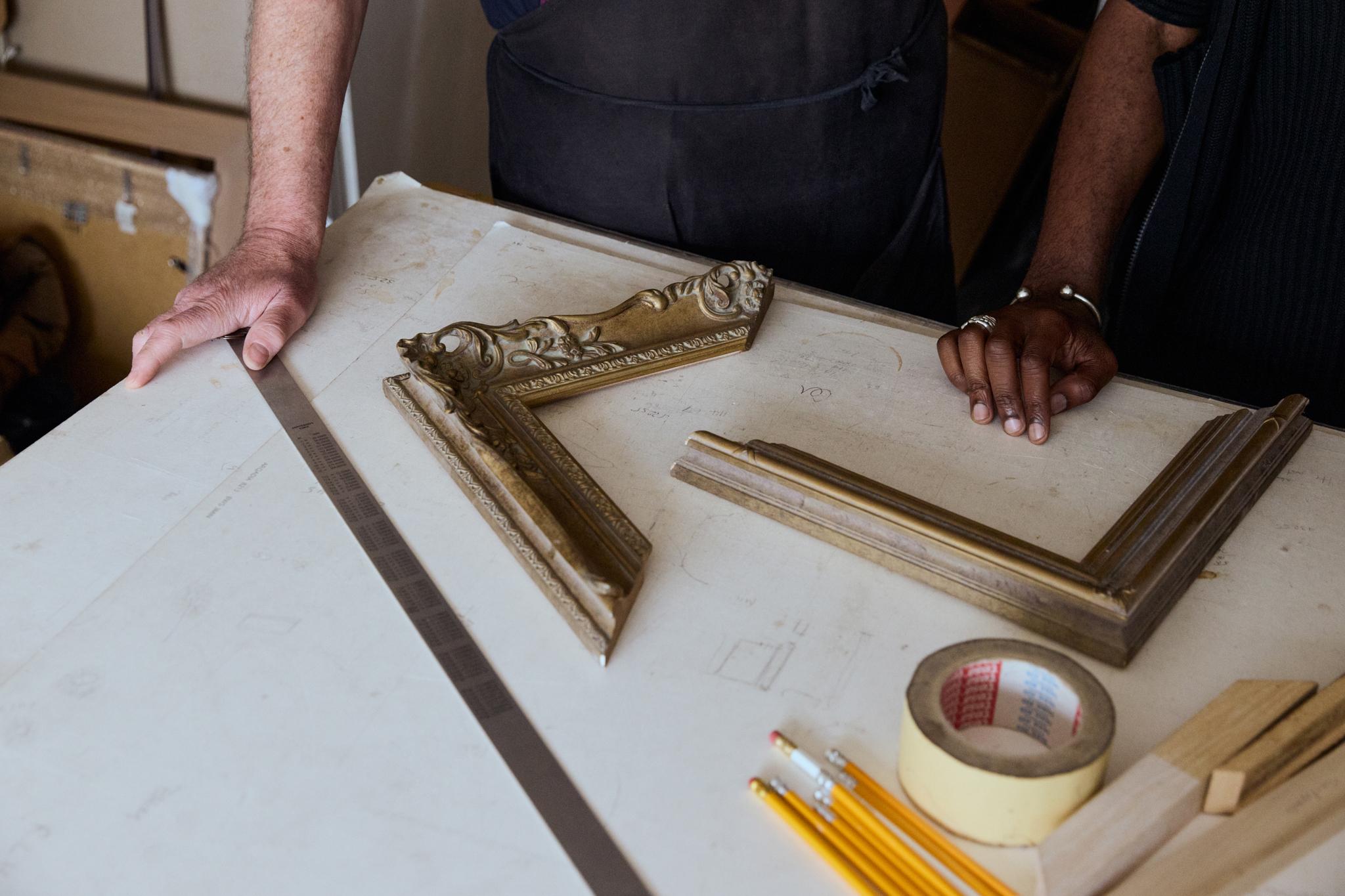
How important is art to you?
Xavier: Art, to me, is everything. It’s more than just a form of expression, it’s a tool for transformation. I see it as a vessel that can challenge the way people think, shift perspectives, and create space for deeper reflection. Whether subtle or bold, art has the power to communicate what words often can’t. It has this quiet ability to enter hearts before it reaches the mind.
I’ve always believed that art is a universal language, it speaks across borders, cultures, and lived experiences. And within that language, every artist carries their own accent. For me, my accent is shaped by legacy, introspection, and the quiet moments that often go unnoticed. That’s how I speak through my work, inviting people to see differently, feel deeply, and sometimes, simply pause.
Art isn’t just important to me, it’s how I make sense of the world, and hopefully, help others do the same.
Jimmy: Art and creativity have always been around in life. When I was 12, I wanted to become an architect; I always loved drawing; I had aunts who always painted or drew, and my mum was good too though she never acknowledged it. My art teacher at school, Peter Chapman, who was also a choir master and organist at St Luke’s Chelsea, was a strong influence.
After losing my dad in 1977 and visiting Sierra Leone in 1979, I decided that I would draw on the skills and interests I had, in particular, carpentry (my great grandfather was a carpenter too) and my love for art, and open a picture framing shop. I figured I’d get my mum to manage the upstairs to keep her active as she was still grieving the loss of my dad, and I’d concentrate on framing downstairs. I also figured we’d have some art in the shop. In a way, art gave us a fresh outlook.
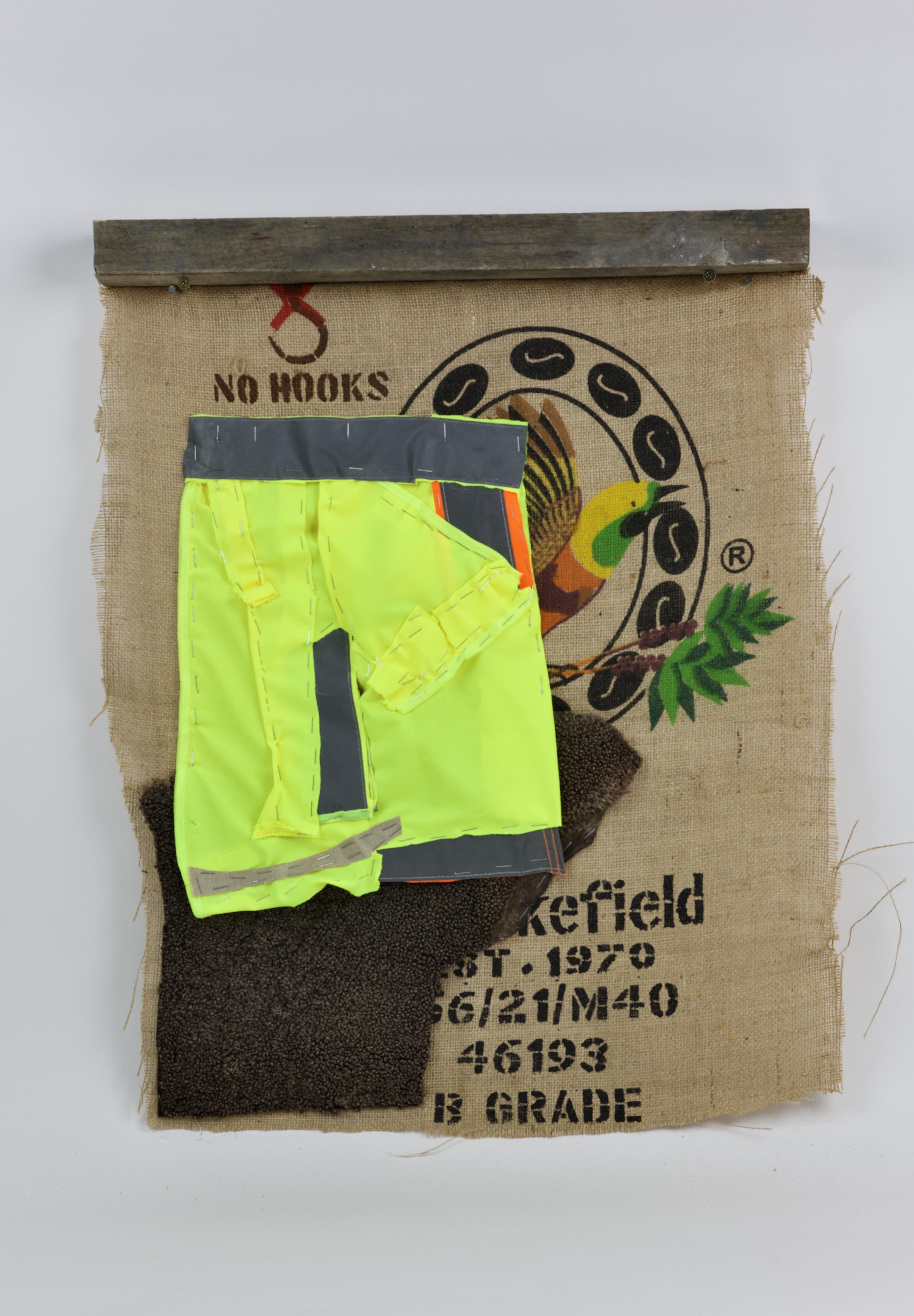
Xavier Leopold
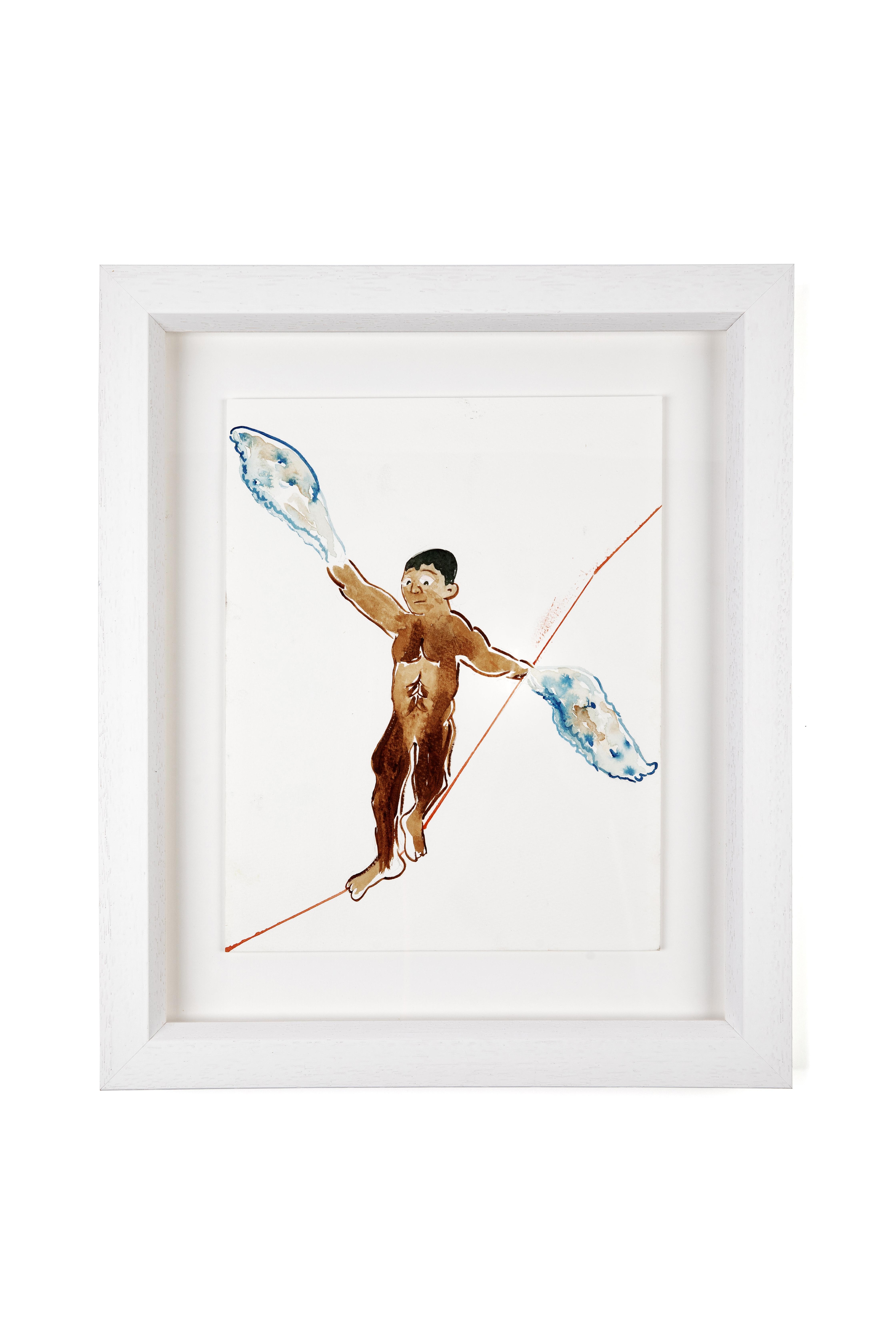
Xavier Leopold
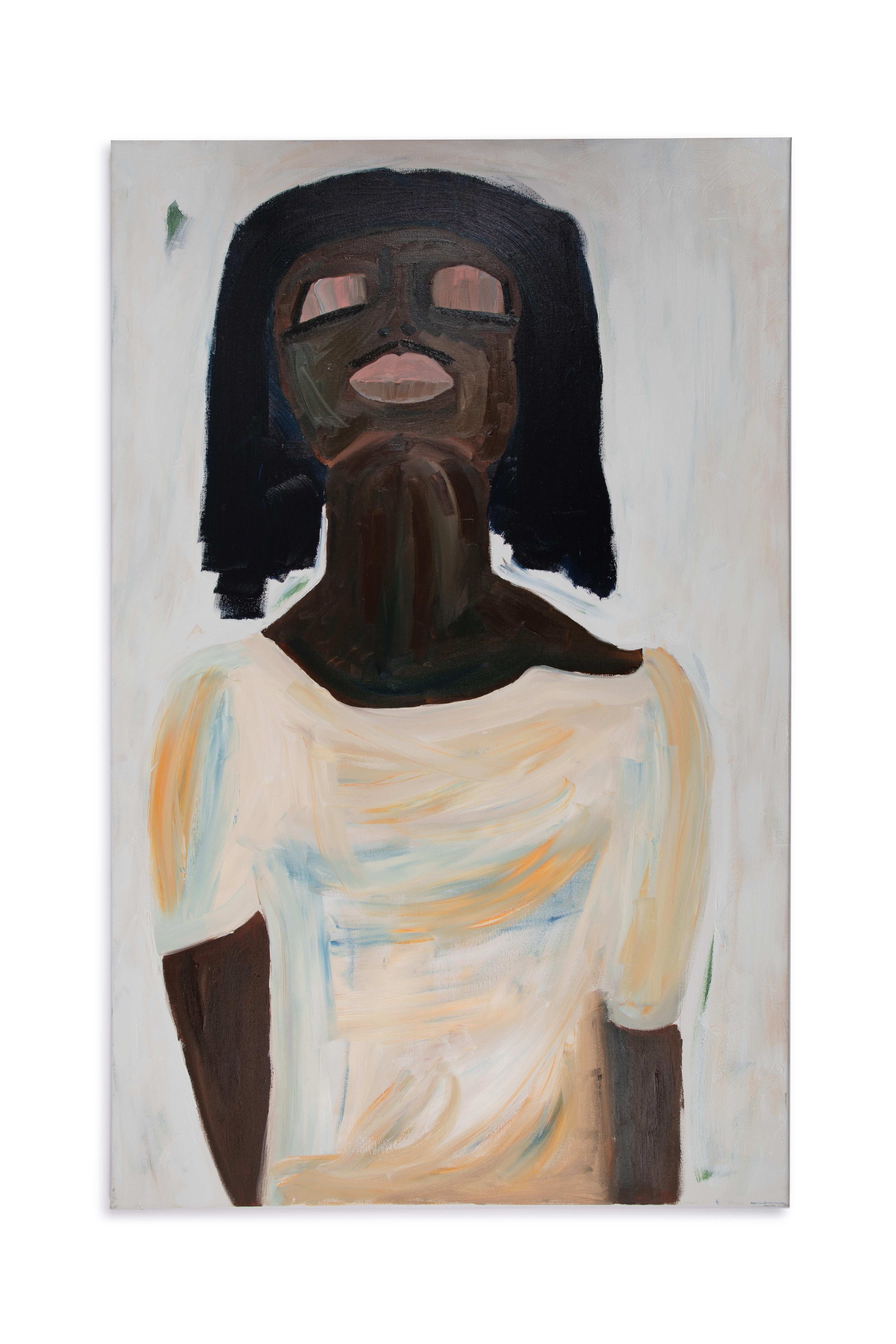
Xavier Leopold
Where do you find inspiration?
Xavier: I find inspiration in many forms, but always begins with God. The act of creating, of bringing something into being, feels sacred. As artists, we echo the original Creator; our creativity is a divine derivative, a whisper of something far greater.
History, too, is a well I return to. There’s power in peeling back time, in tracing the footsteps of those who came before us. Hidden in those folds are quiet lessons, symbols, and sparks that guide the present.
I’m a watcher of people, of places, of moments in between. There’s beauty in the overlooked, poetry in the everyday. Sometimes a glance, a silence, a street corner holds more truth than a hundred words.
I think some of the most profound expressions are born from difficulty. It sharpens the lens, teaches you to find light in the cracks, to translate ache into meaning. In that quiet wrestle between what is and what could be, art often begins.
Jimmy: I find that the best inspiration comes from a mentor – they are more than a teacher; they look at the possibilities and enable you to think more deeply about what you want to do.
The death of my father was somewhat of a catalyst and, an inspiration because it made me grow up a little faster and carve out a new path.
For the framing it’s about finding what’s right for the customer. We often collaborate to figure out what works for their space and in that process our inspiration can literally come from anywhere. One thing that I do always say though, is that if you see the frame first, I haven’t done my job properly.
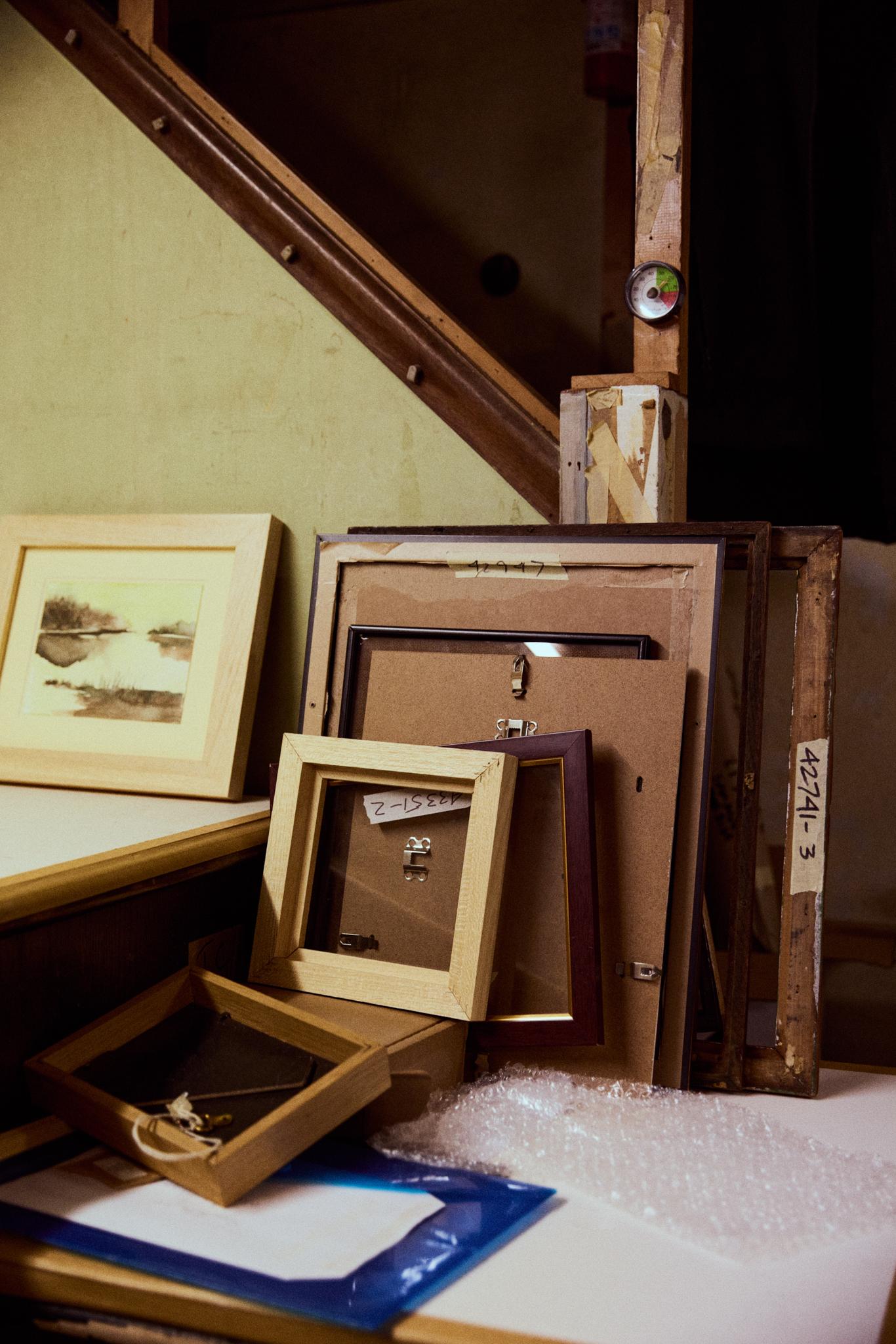
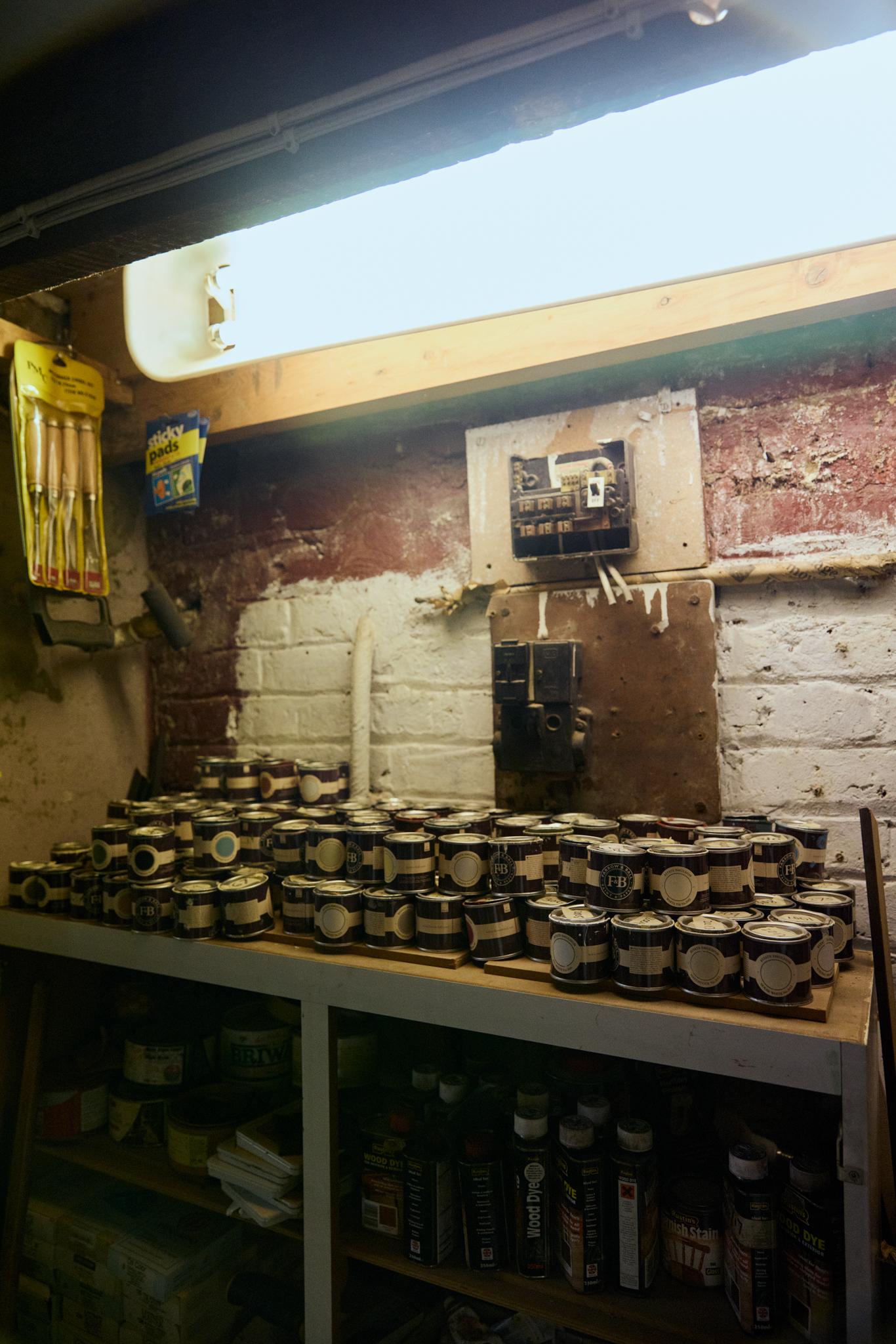
What does Liberty mean to you/ what do you love about Liberty?
Xavier: What I love about Liberty is how it blends the old with the new, creating a platform for artists, designers, and creators to showcase their work in a way that feels both personal and global. It’s a space that invites you to get lost in its many layers, offering new perspectives with every visit. Liberty is a place that values creativity and innovation, and that's something I deeply resonate with in my own work.
Jimmy: Well, every Christmas we get our advent calendar from there. It’s a family tradition that goes back as far as the '90s. I particularly love the wrapping papers and of course, the building is iconic. I actually used to take my daughter, Rebecca up to the royal academy over the half term holidays in the early 90s. From there we’d walk down to Hatchard’s and then up the road to Liberty sometimes. It was all part of our bonding time. I also used to get catalogues for the seasons from Liberty so that I could study their colours and if a customer said they had a Liberty of London print, I could swiftly pull out the catalogue and ask which one!
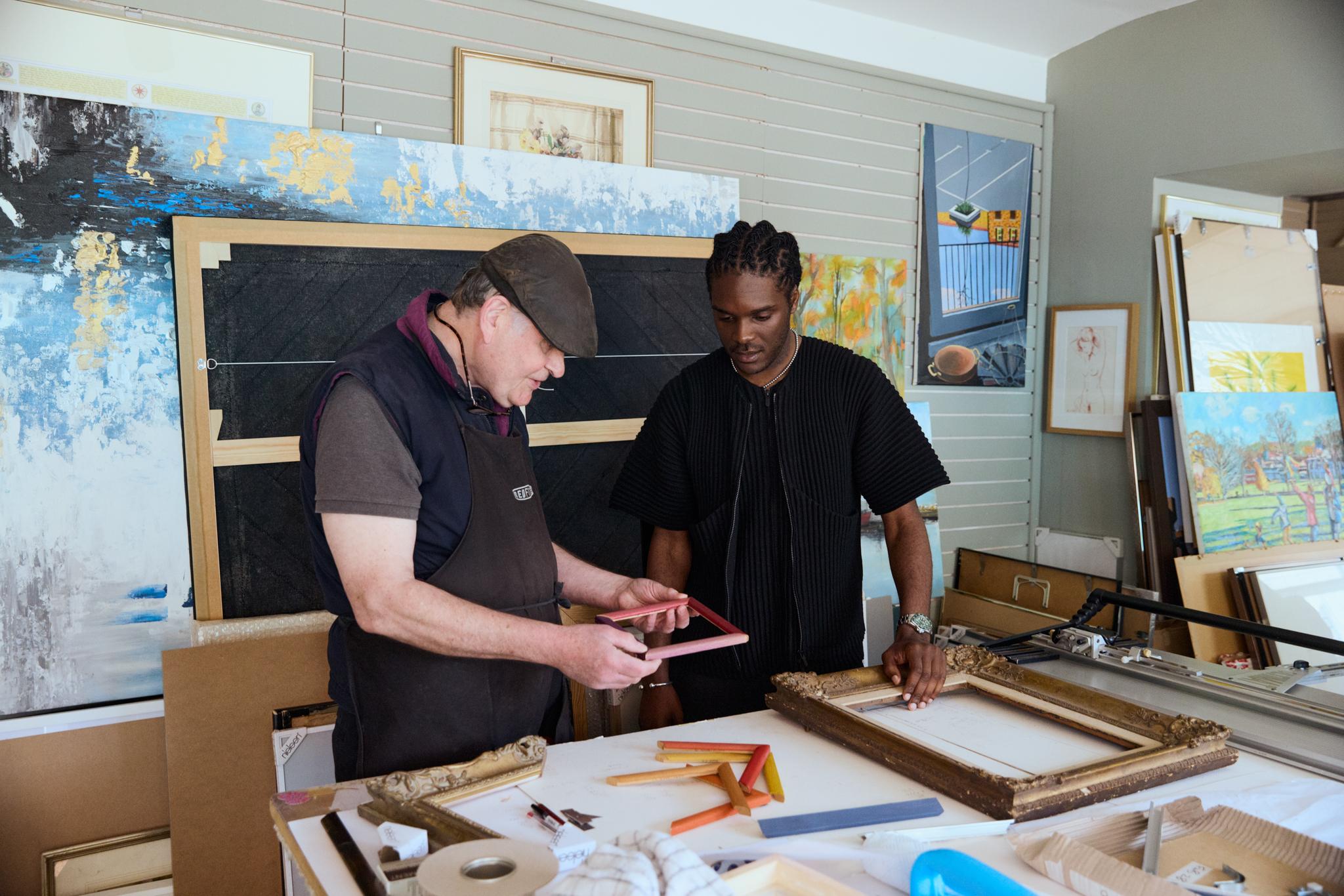
What were your first experiences of Liberty?
Xavier: My first experience of Liberty was as a teenage boy, trailing behind my Uncle Denis (Denis Johnson) a personal stylist who often sourced pieces there for his clients. While it was just another day at the office for him, for me it was something else entirely.
I was captivated by the building’s grand architecture, but even more so by the interior, its aged yet beautifully preserved details. Those quiet moments wandering through Liberty quickly became the highlight of my day.
Over time, without even realising it, Liberty became my favourite department store, a place etched into my memory with a sense of wonder and familiarity.
So to return years later, not as a wide-eyed visitor, but as a contributor, felt like a quiet, beautiful full-circle moment.
Jimmy: I can’t pin-point my first experience at Liberty but what I do know is that it’s a household name that’s featured in my family for many, many years. We even have one of the iconic advent calendars at home, still untouched.
